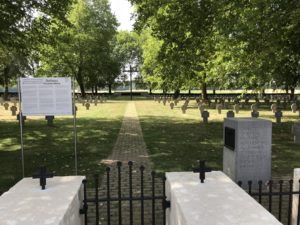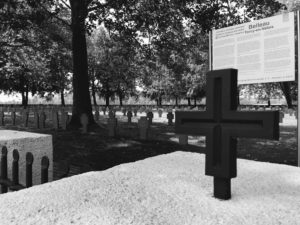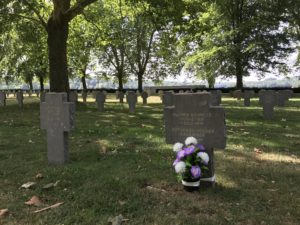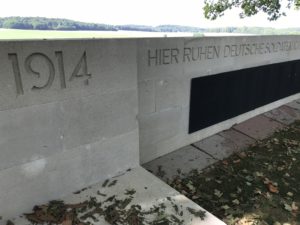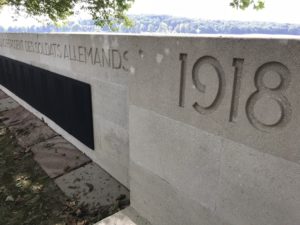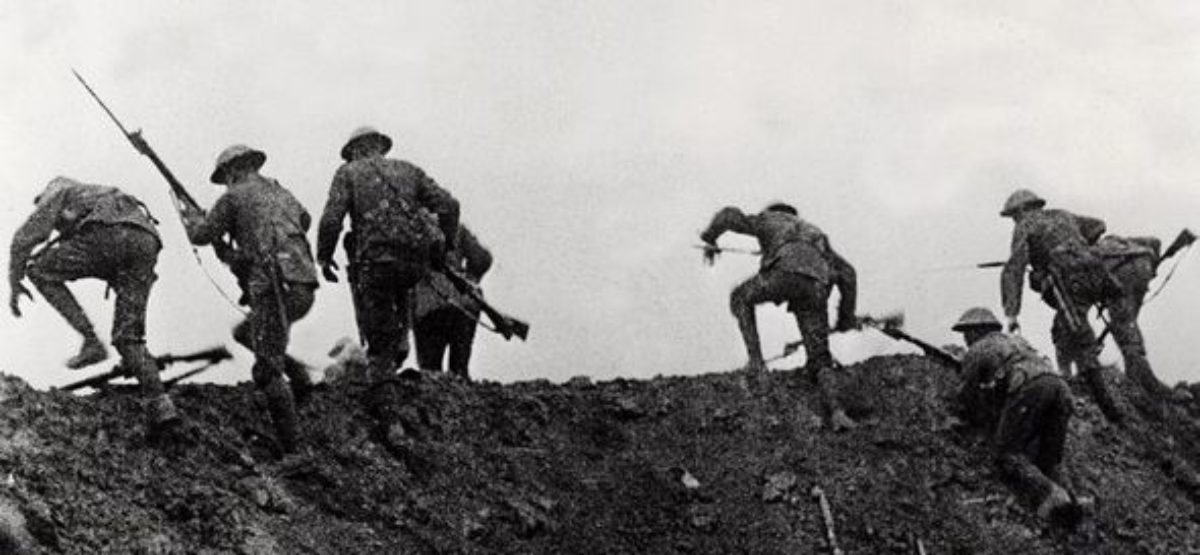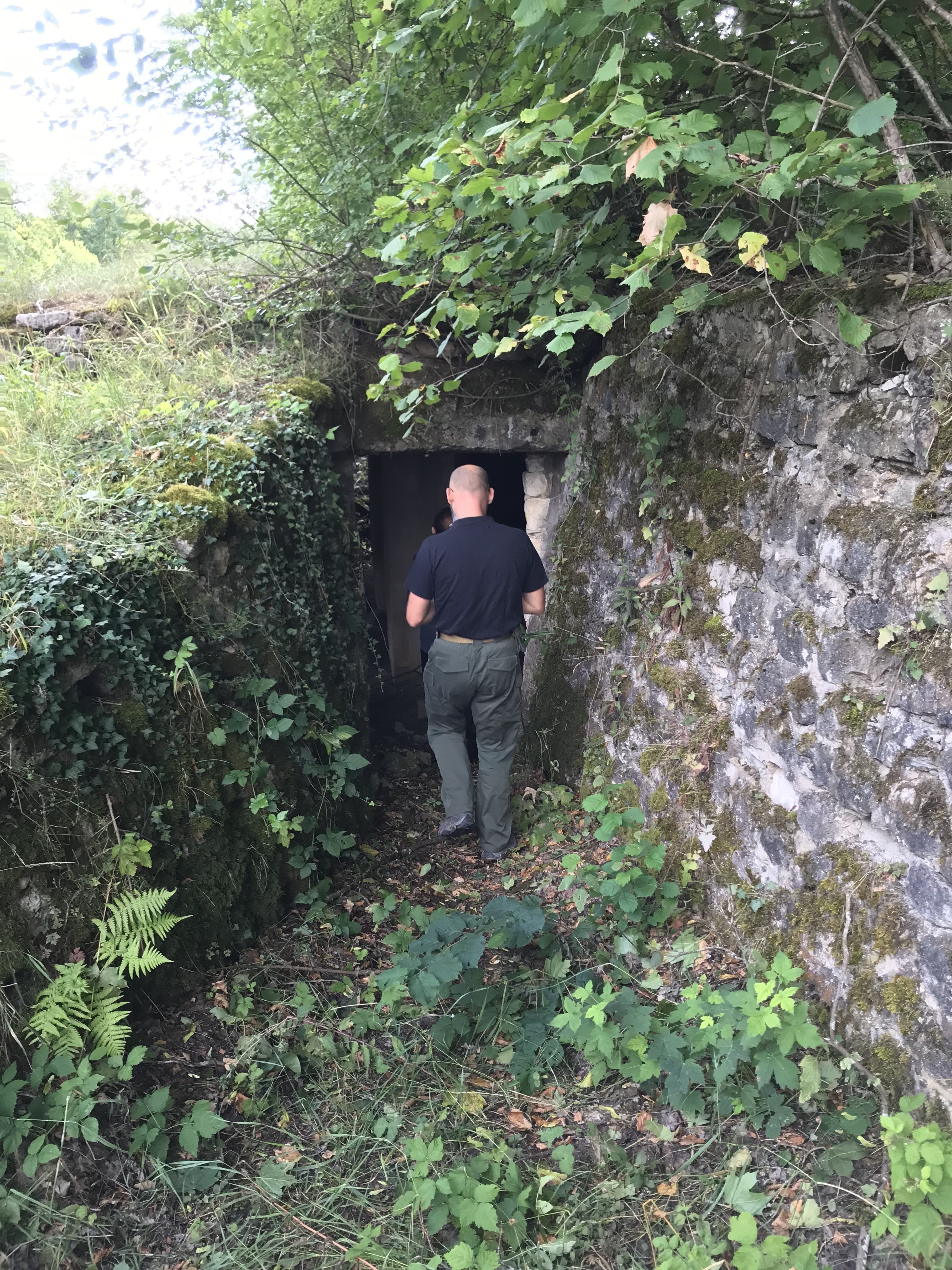
A German Blockhaus that served as a field hospital in the St. Mihiel sector. 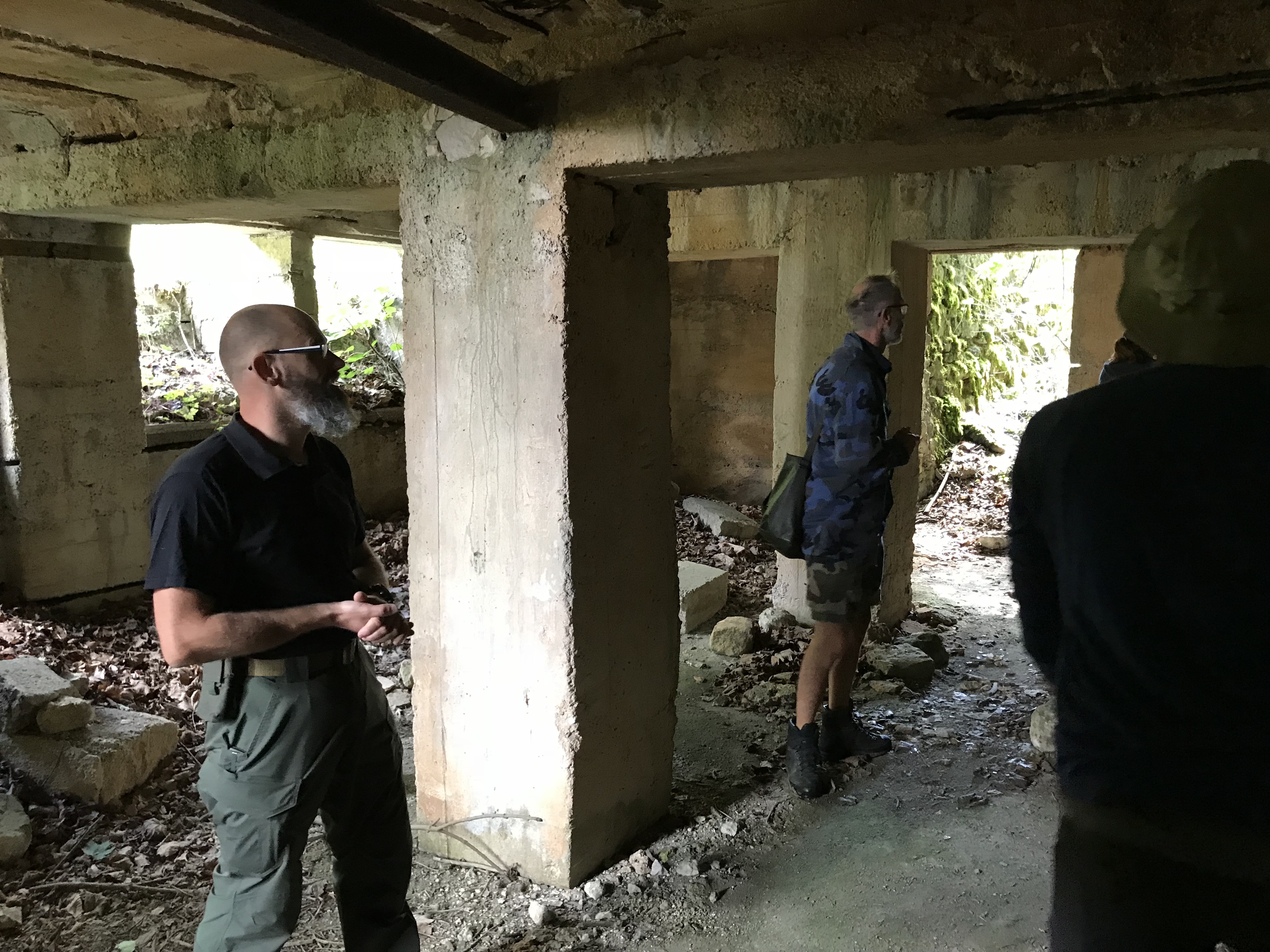
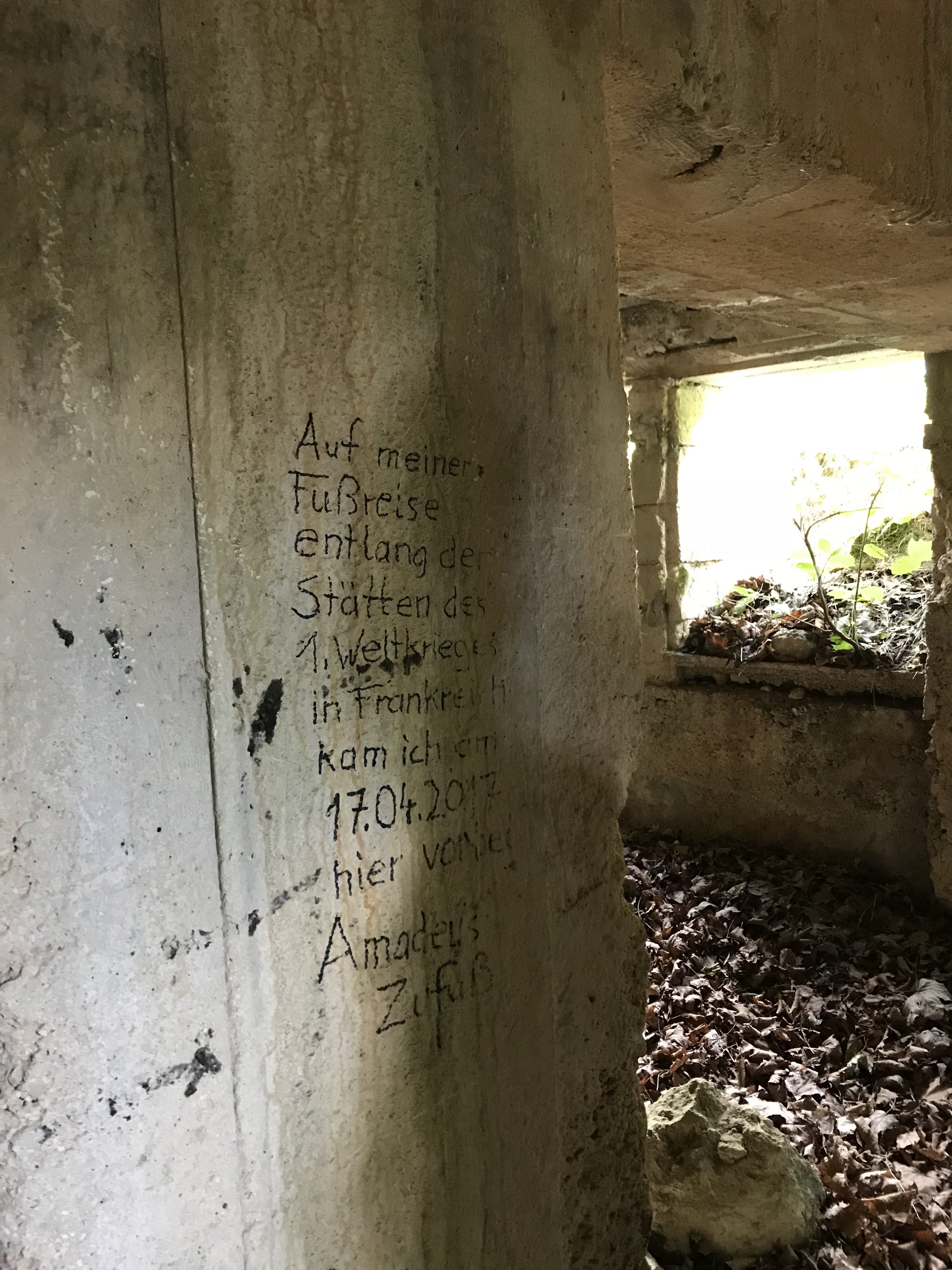
Inscription left by a recent traveler. 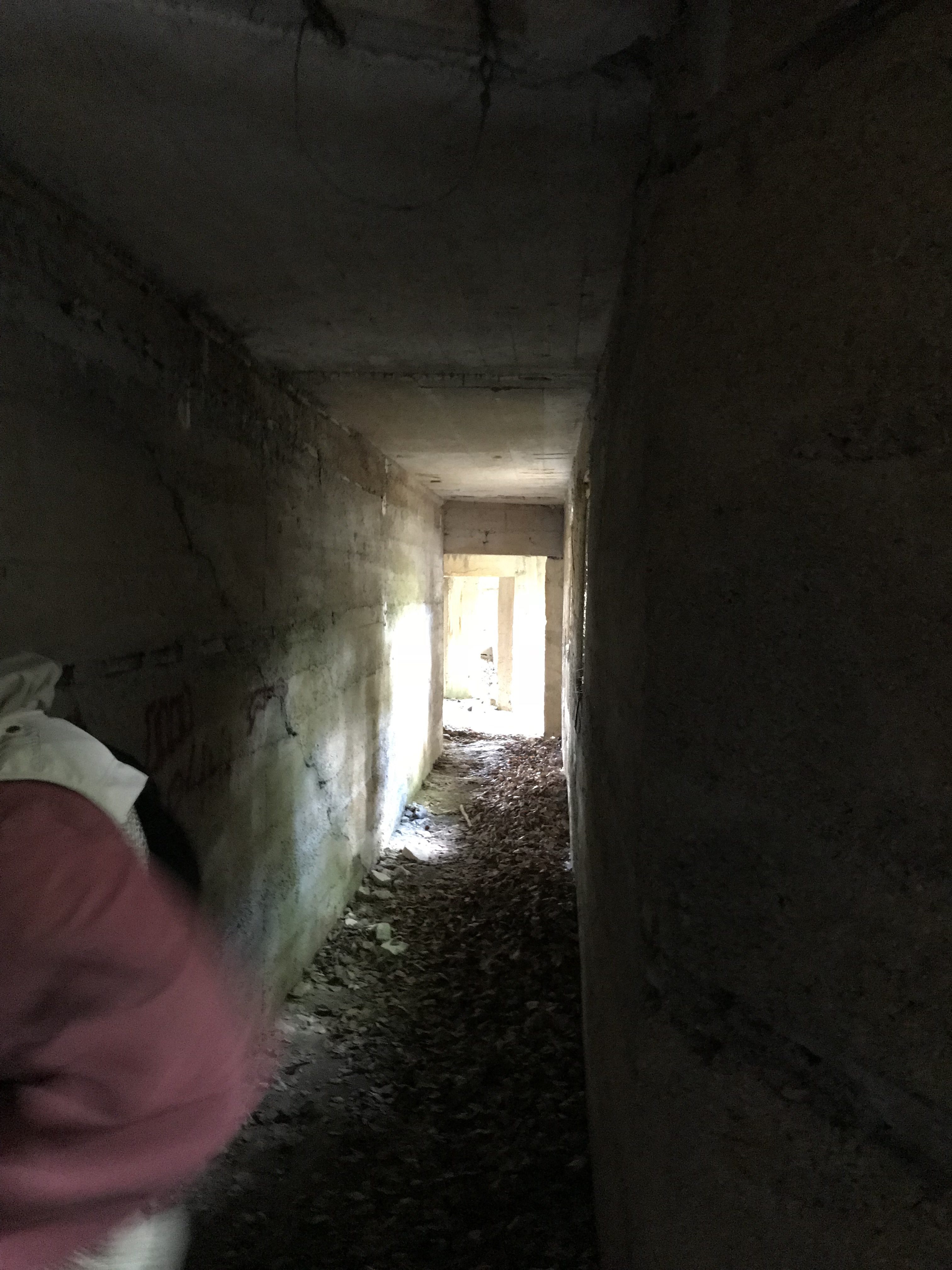
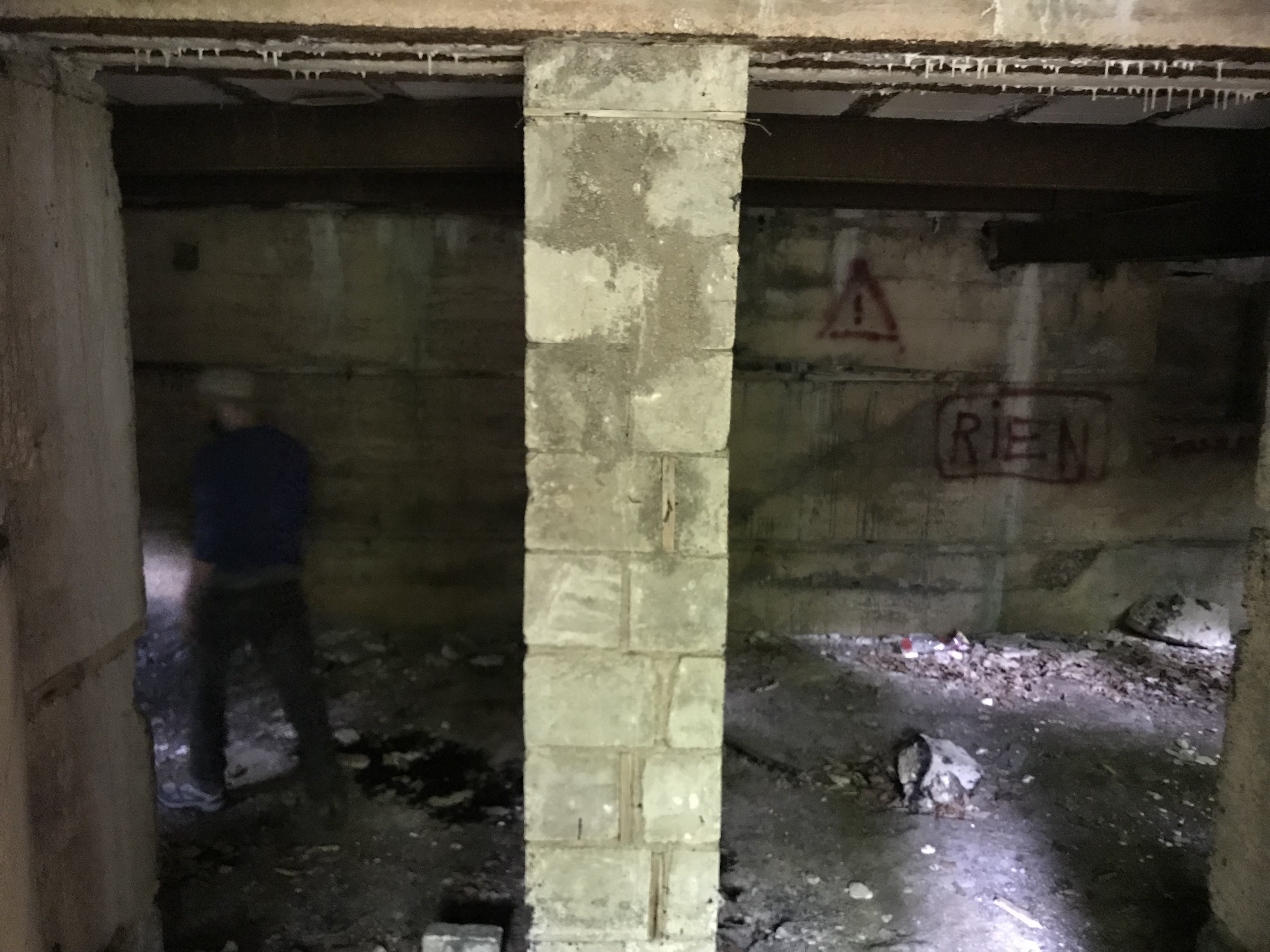
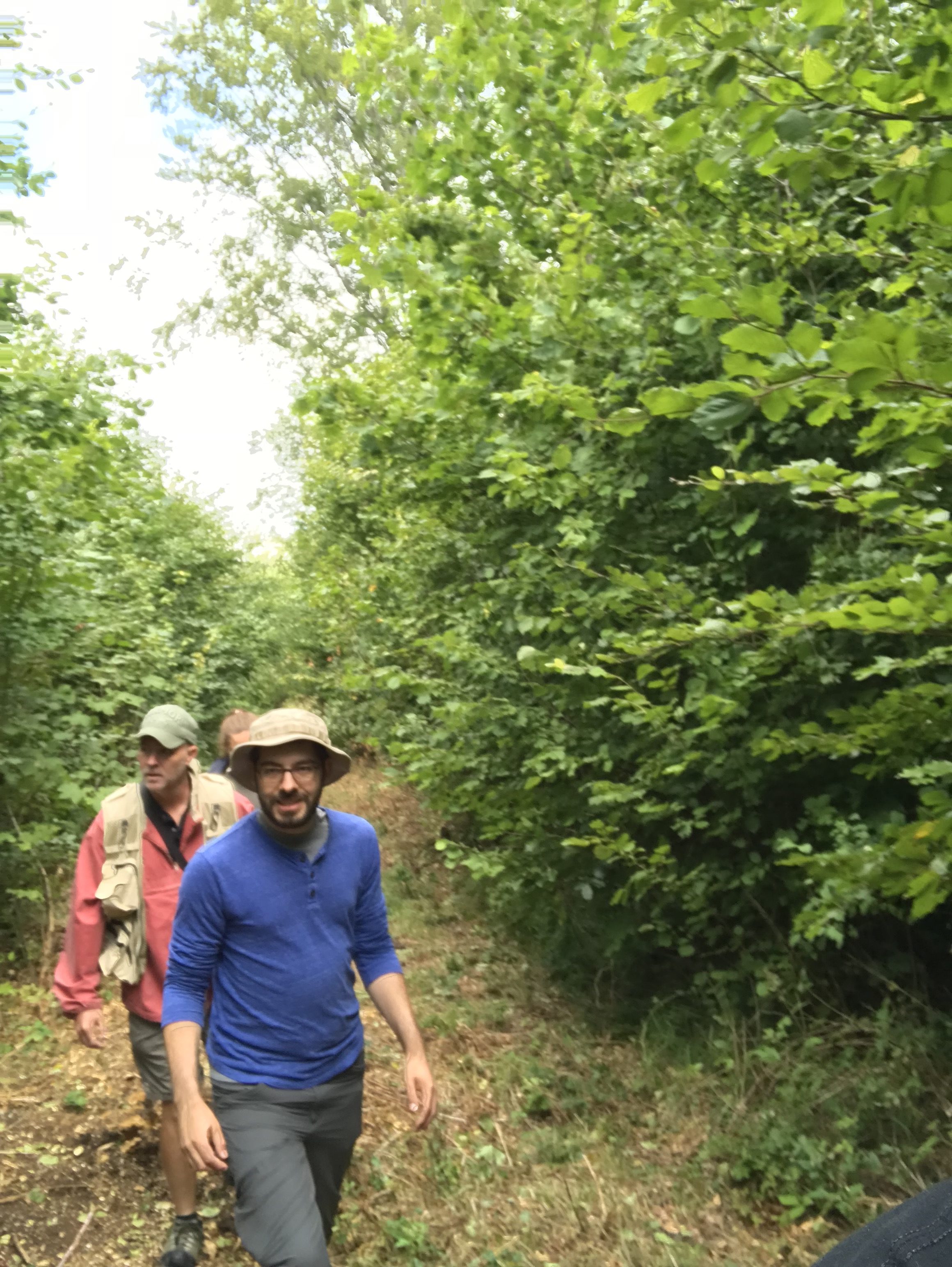
Walking in the woods near St. Mihiel. 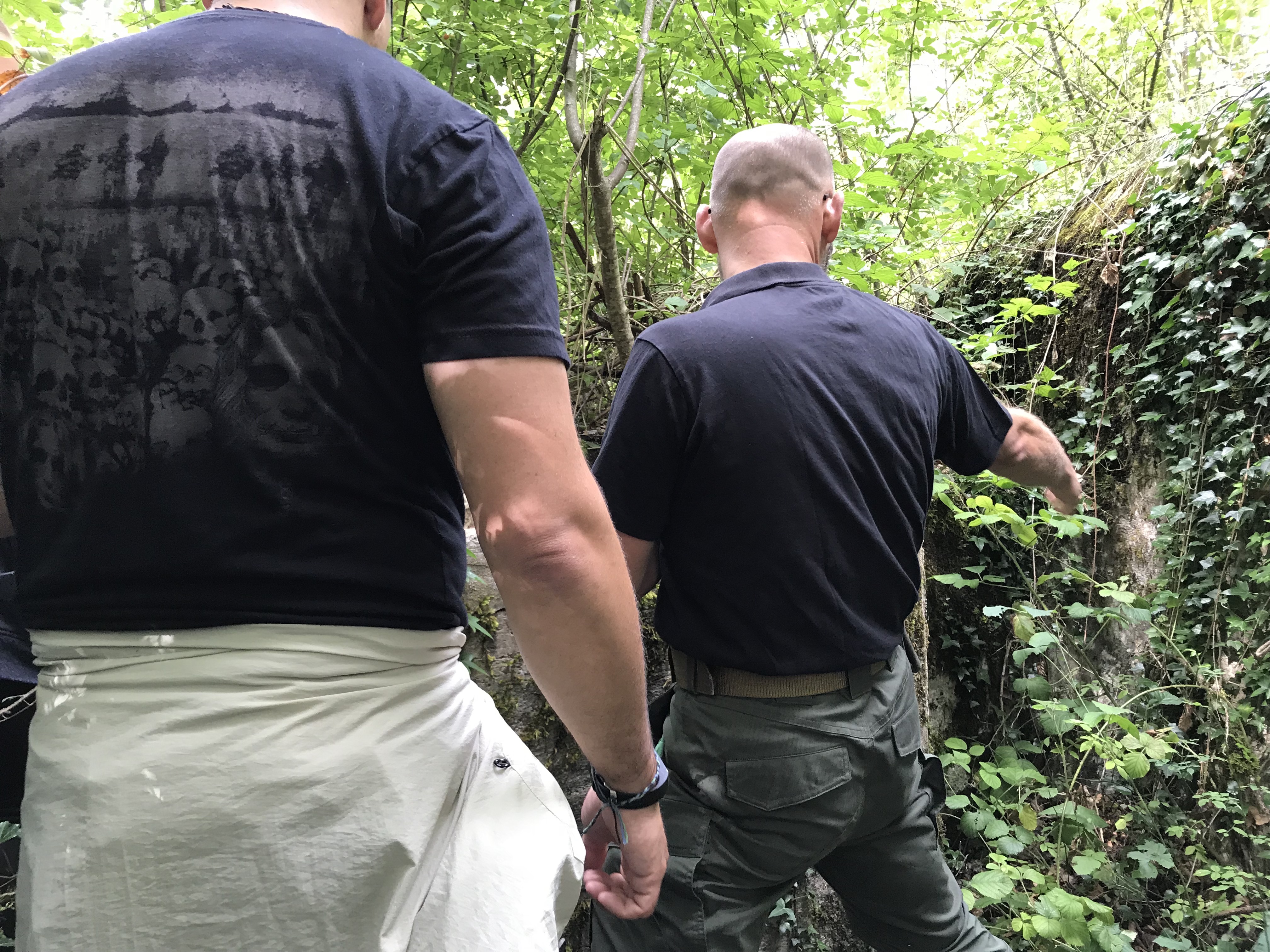
Christophe took us into the woods to explore well-preserved German positions in the former support and reserve lines of the St. Mihiel Salient. 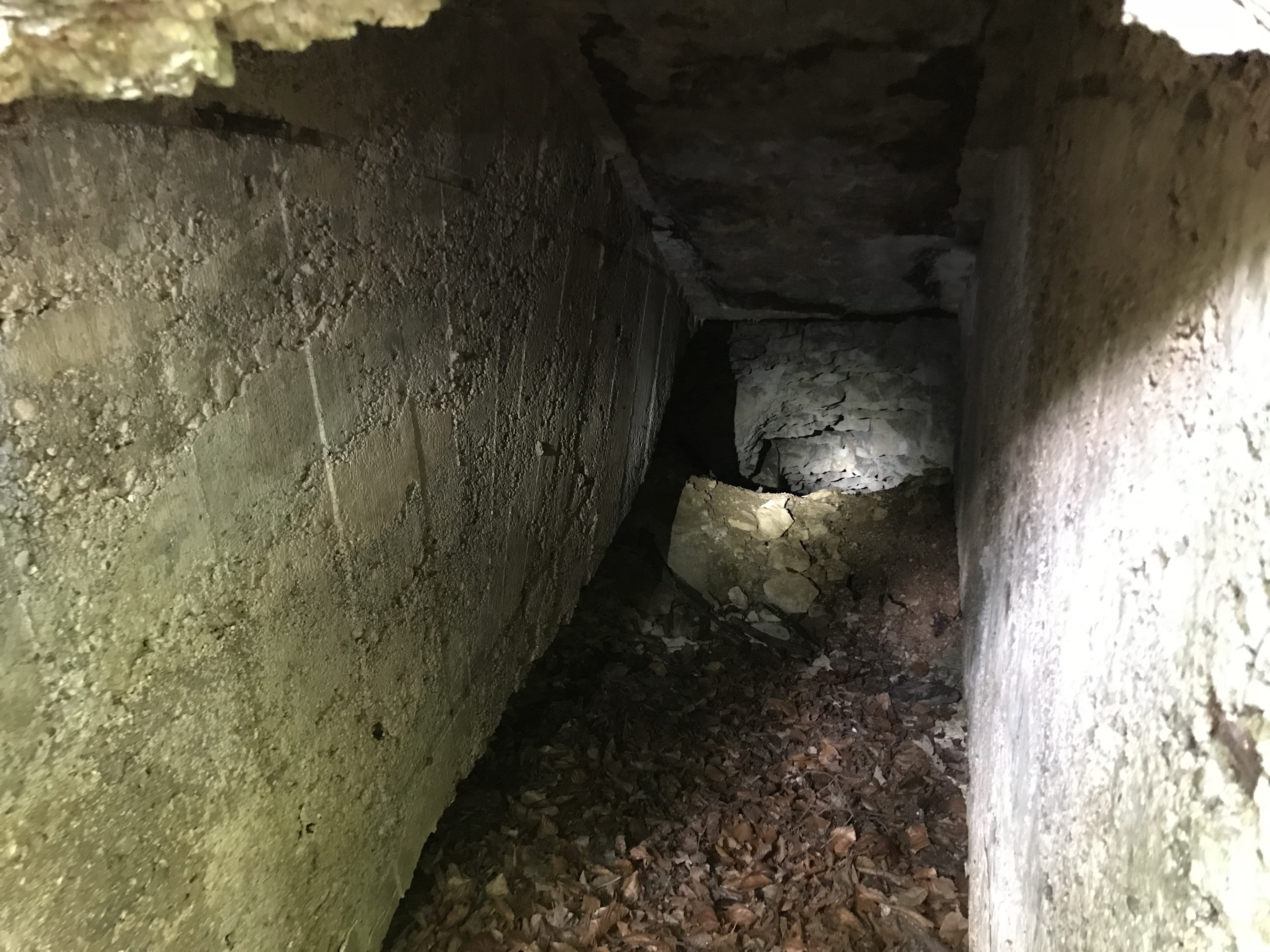
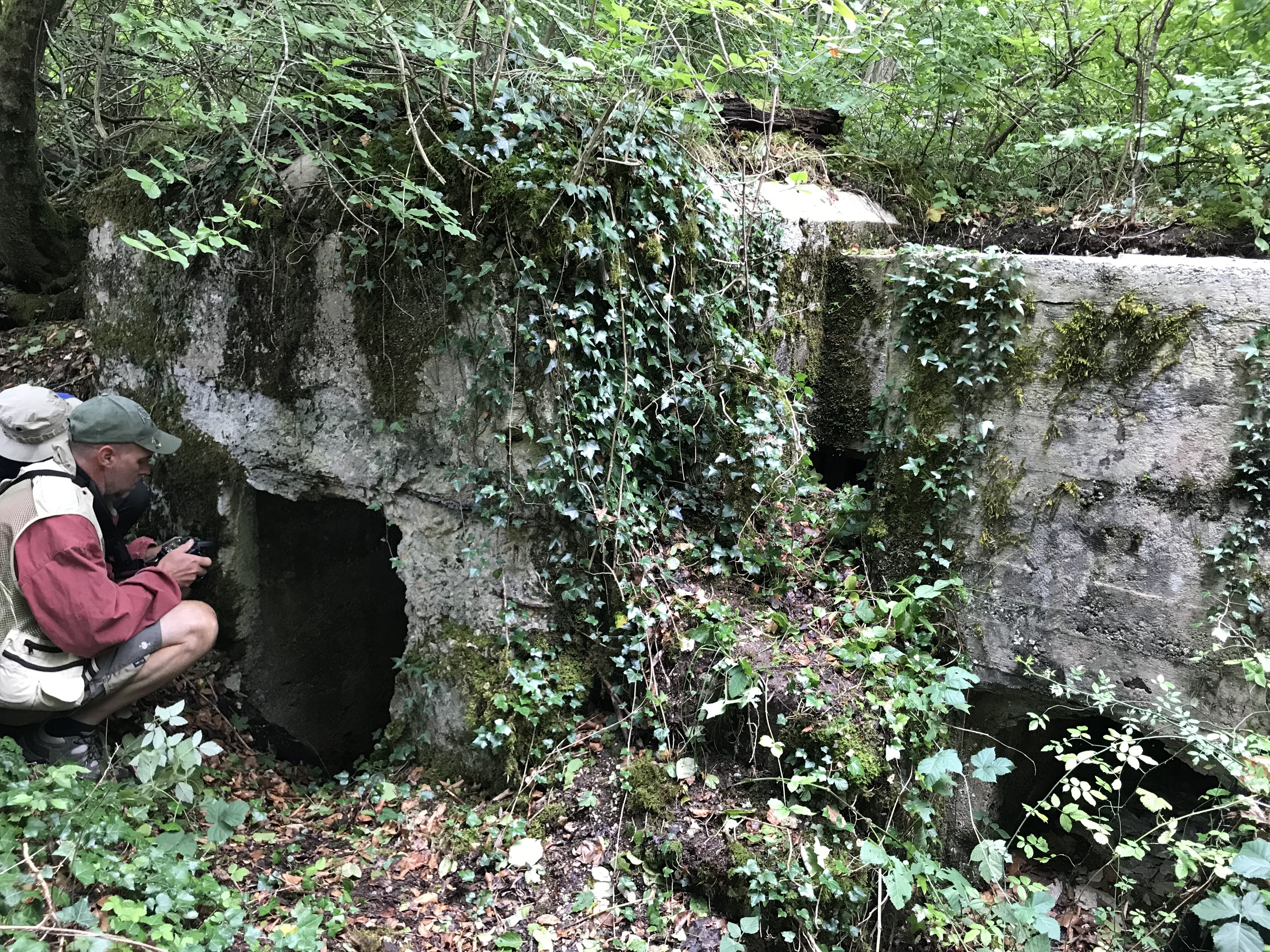
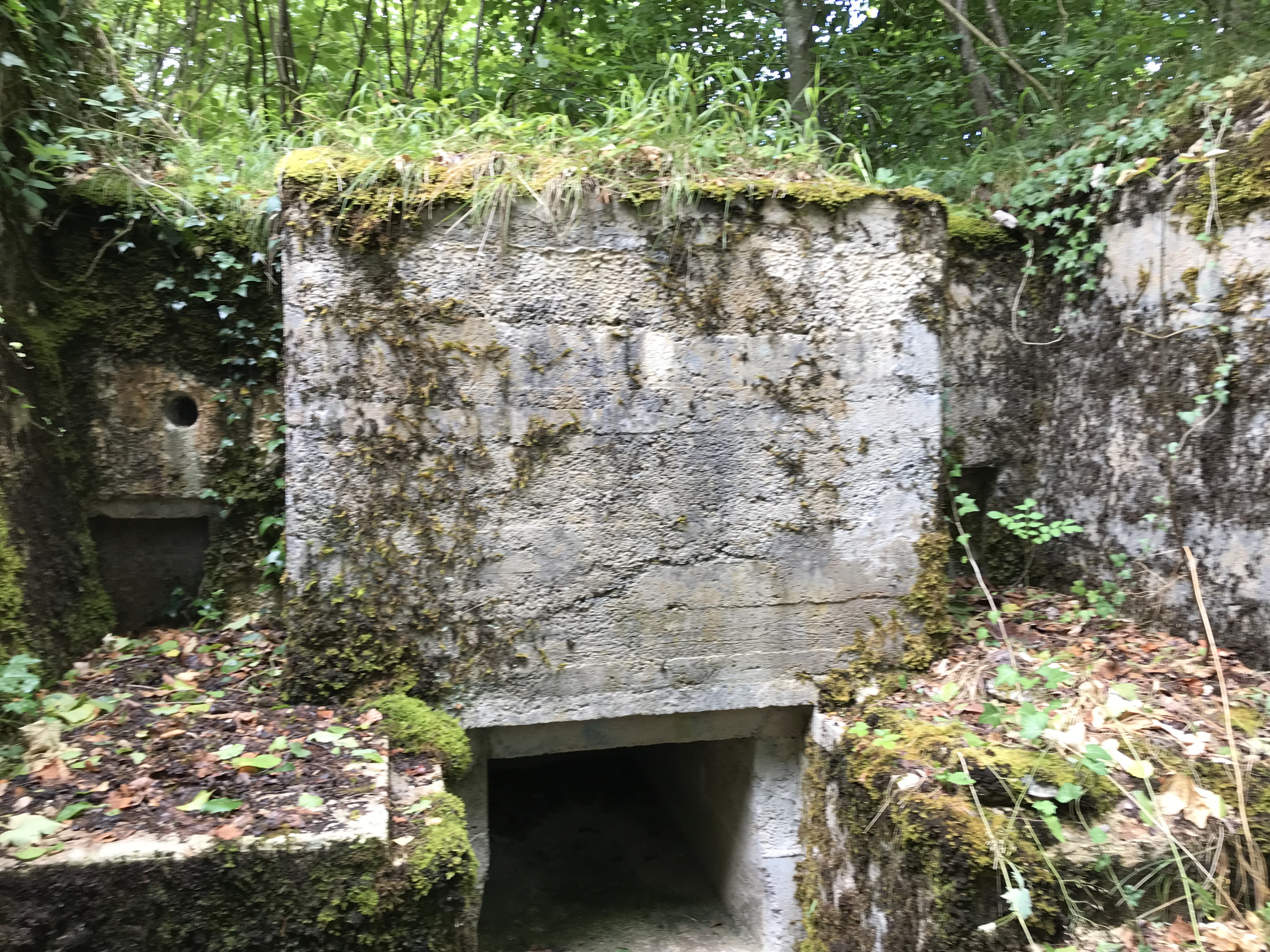
Gunner’s position. During the war there would have been a wooden plank above the machine gun storage area on which the gunner would have stood. A loader would have stood beside him. 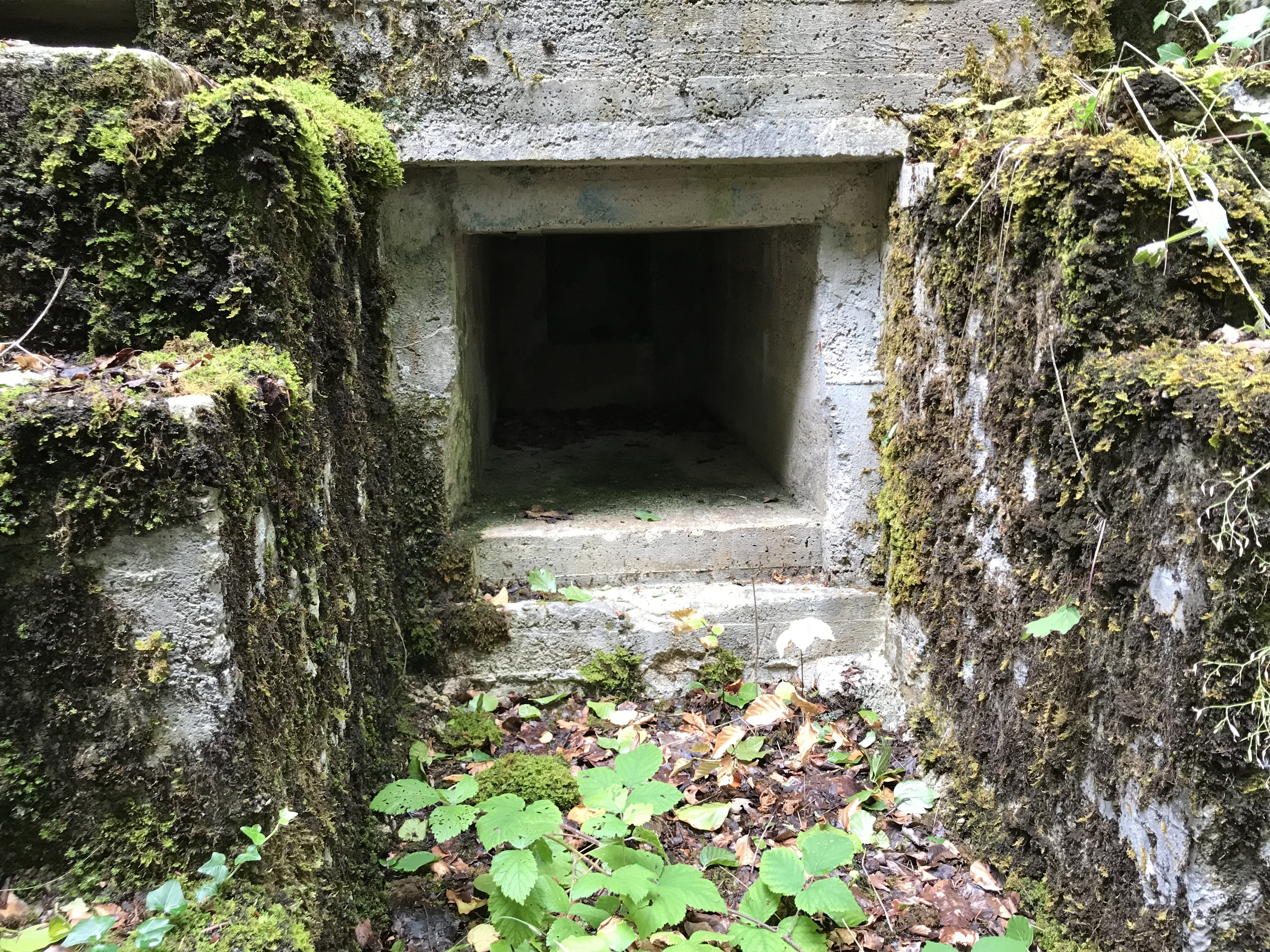
The machine gun storage area. 
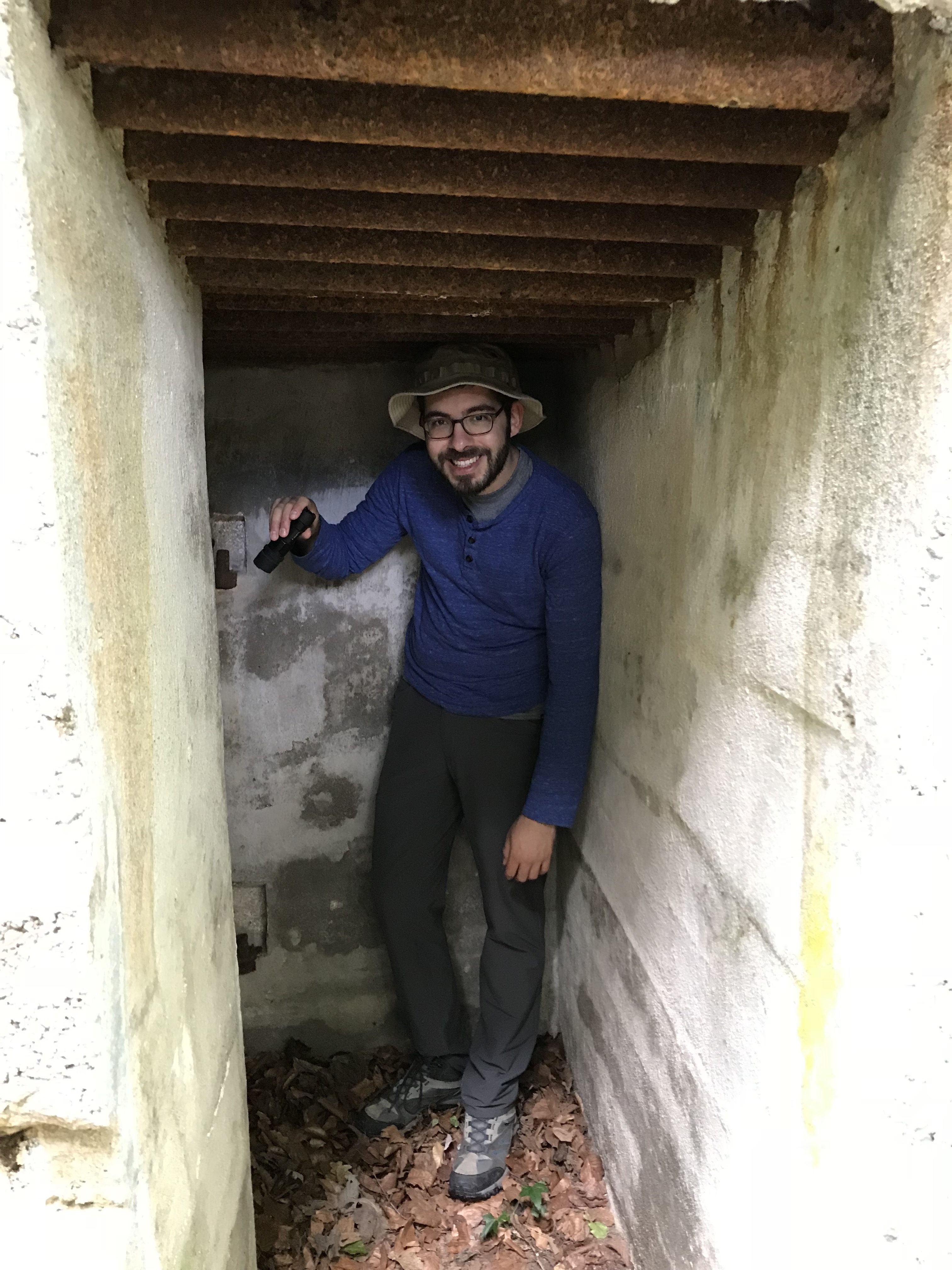
Going inside the position. 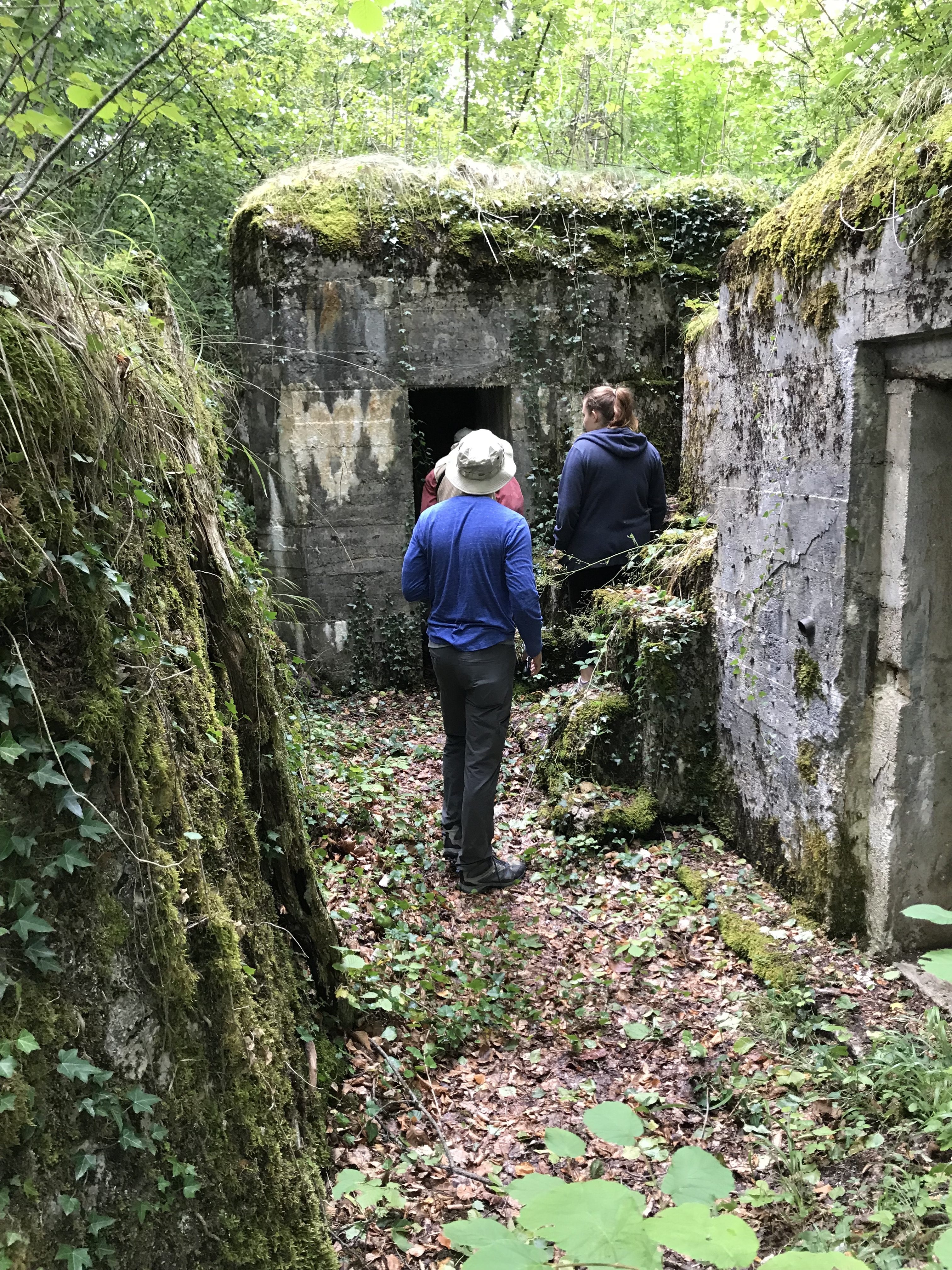
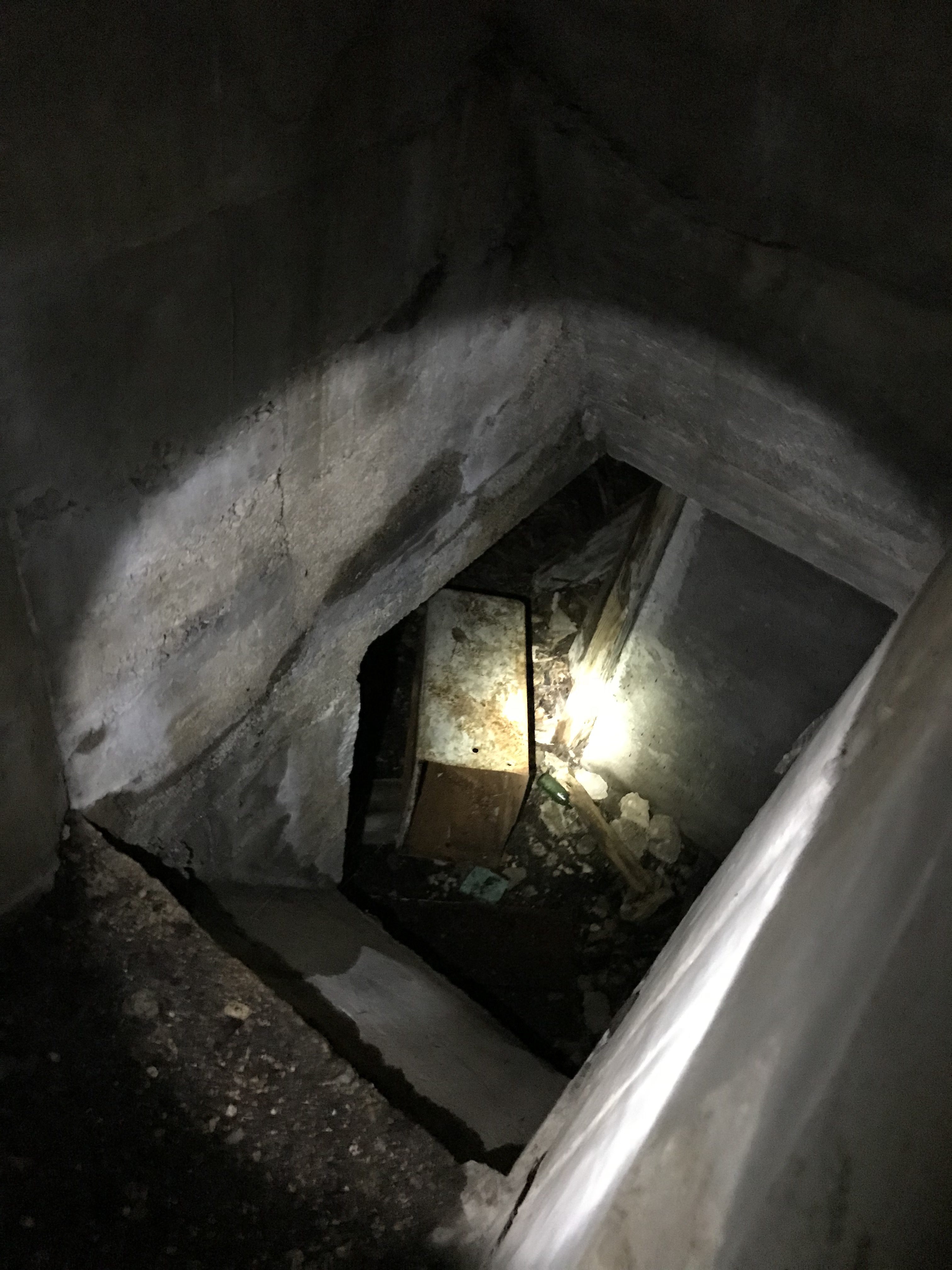
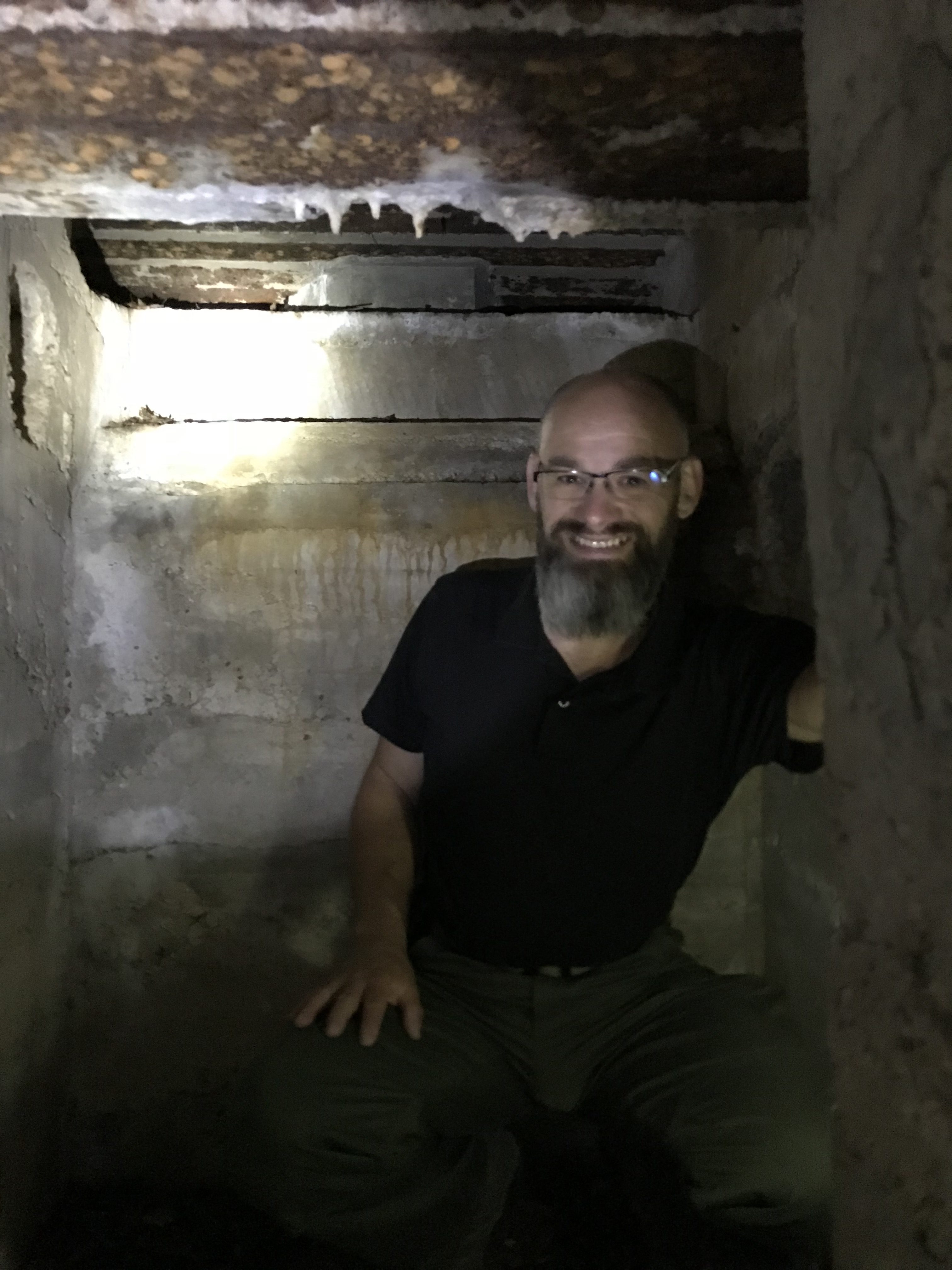
Christophe in the observer’s post. 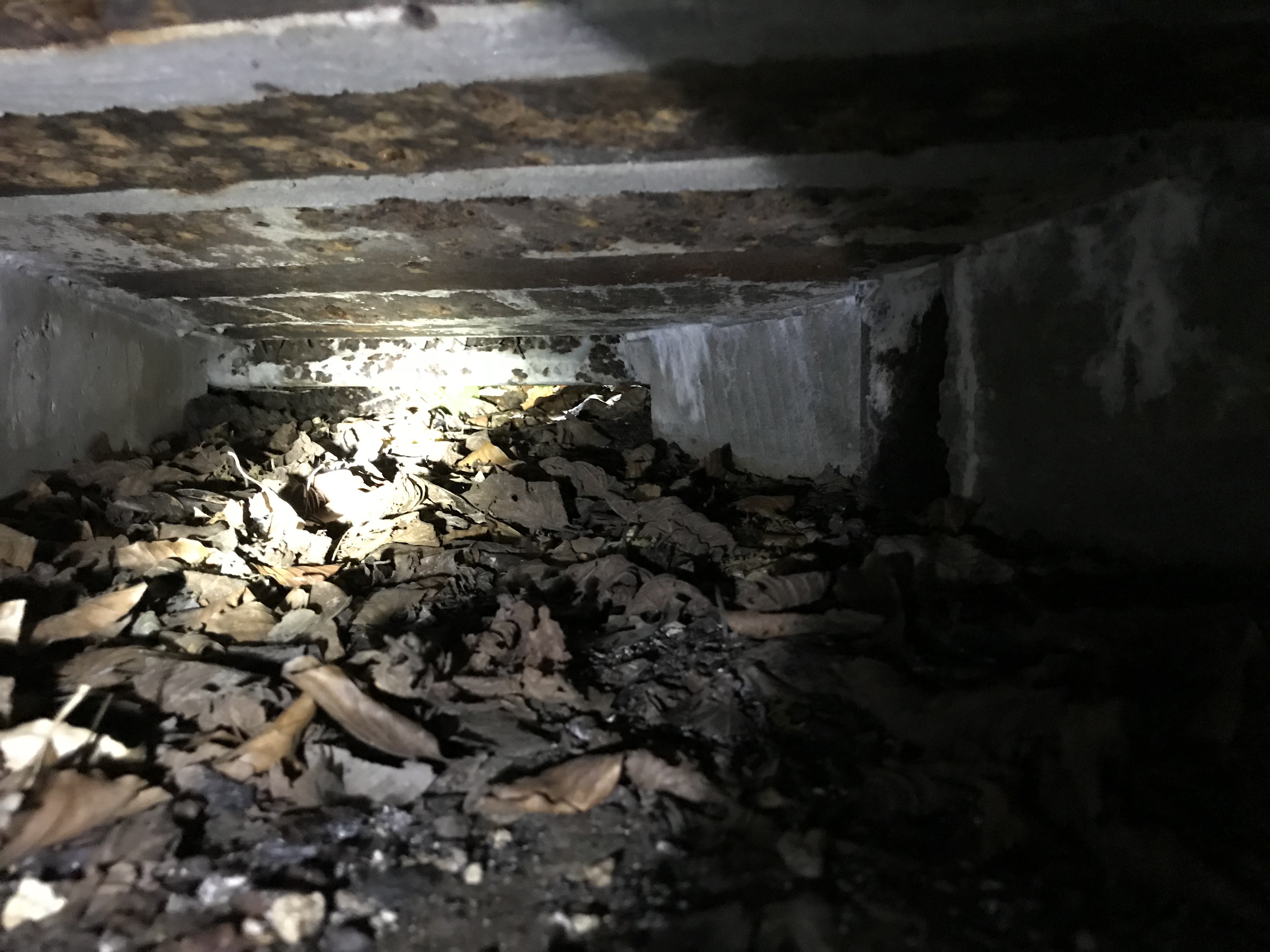
Observer slit, now filled in after a century.
Month: August 2018
St. Mihiel Salient Tour – City Sites
On the 10th of August, we had a truly remarkable day: a full day of battlefield tours with our guide Christophe and his daughter. We started in the town itself, visiting the medieval cathedrals of Saint Michel and Saint Etienne and then walking through the streets of this old city.
During our walk, Christophe stopped us frequently to show us several old buildings, many of which were connected to the First World War. He also showed us some interesting architecture along the way.
If you’ve never had a day’s tour with a guide, I highly recommend it–and I highly recommend Christophe and his American friend Mike who linked us up! These two gentlemen are incredibly knowledgeable on the Meuse region of France, and they will make your day as active as you want it to be. The attention Christophe and Mike gave to our day was nothing short of impressive: about a week ahead of time I started receiving emails with photos and maps of the St. Mihiel area in preparation for our visit. The day of the tour was a full day: visiting the city, and then heading out to get into the former front line trenches, dugouts, and machine gun nests.
There will be more posts (we took some 2,200 photos in France collectively over 10 days), but let’s get started with the sights from the town itself.
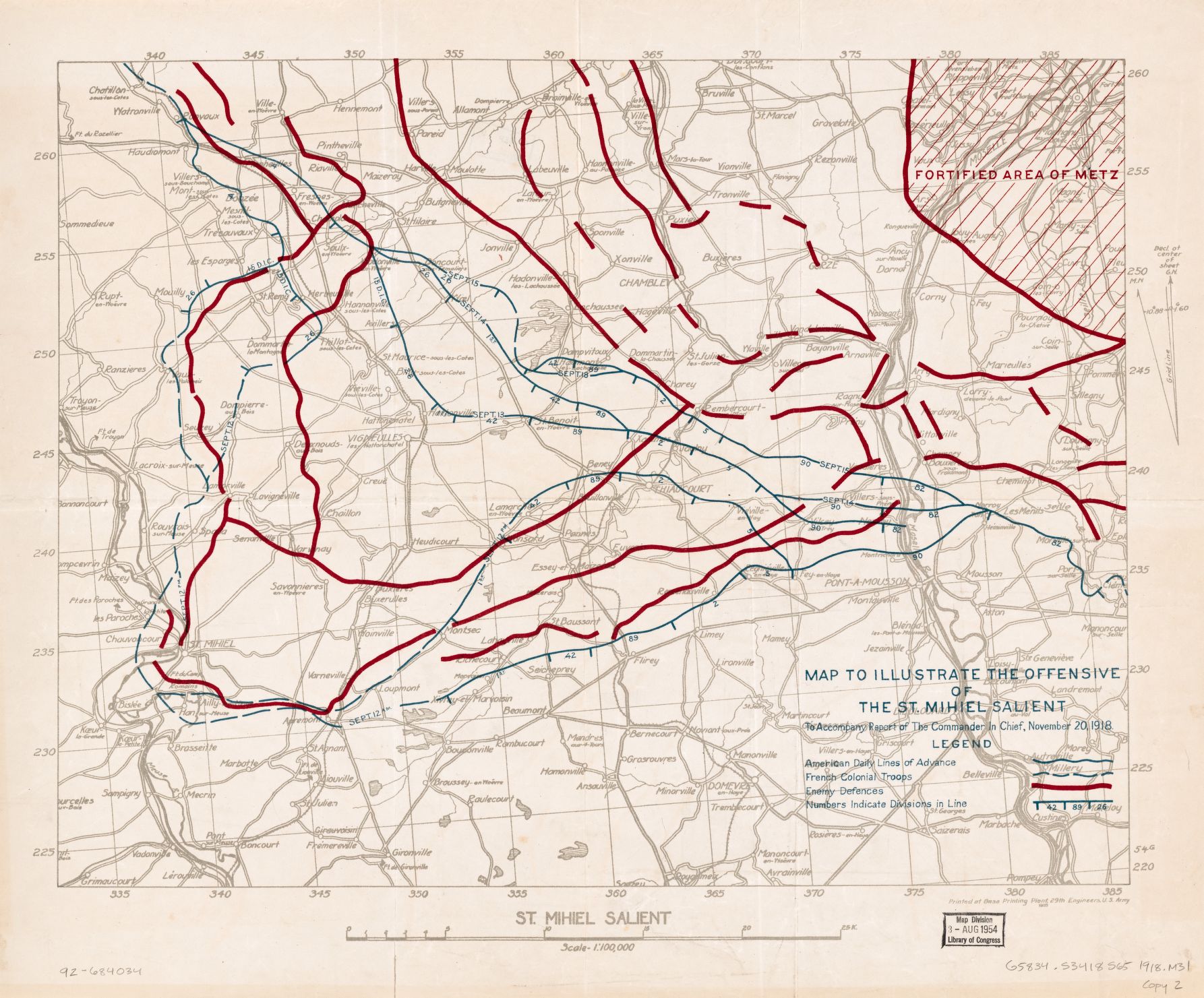
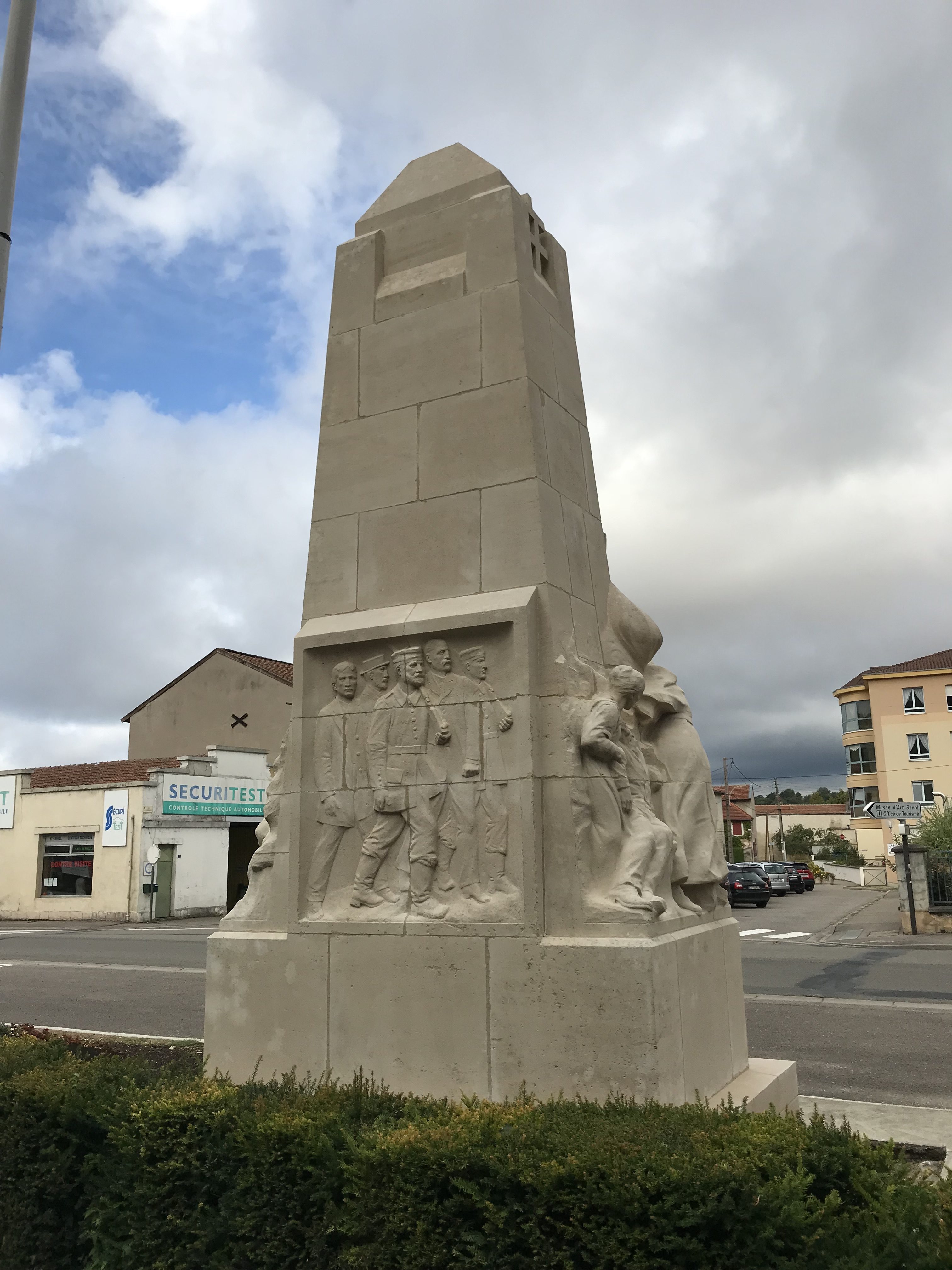
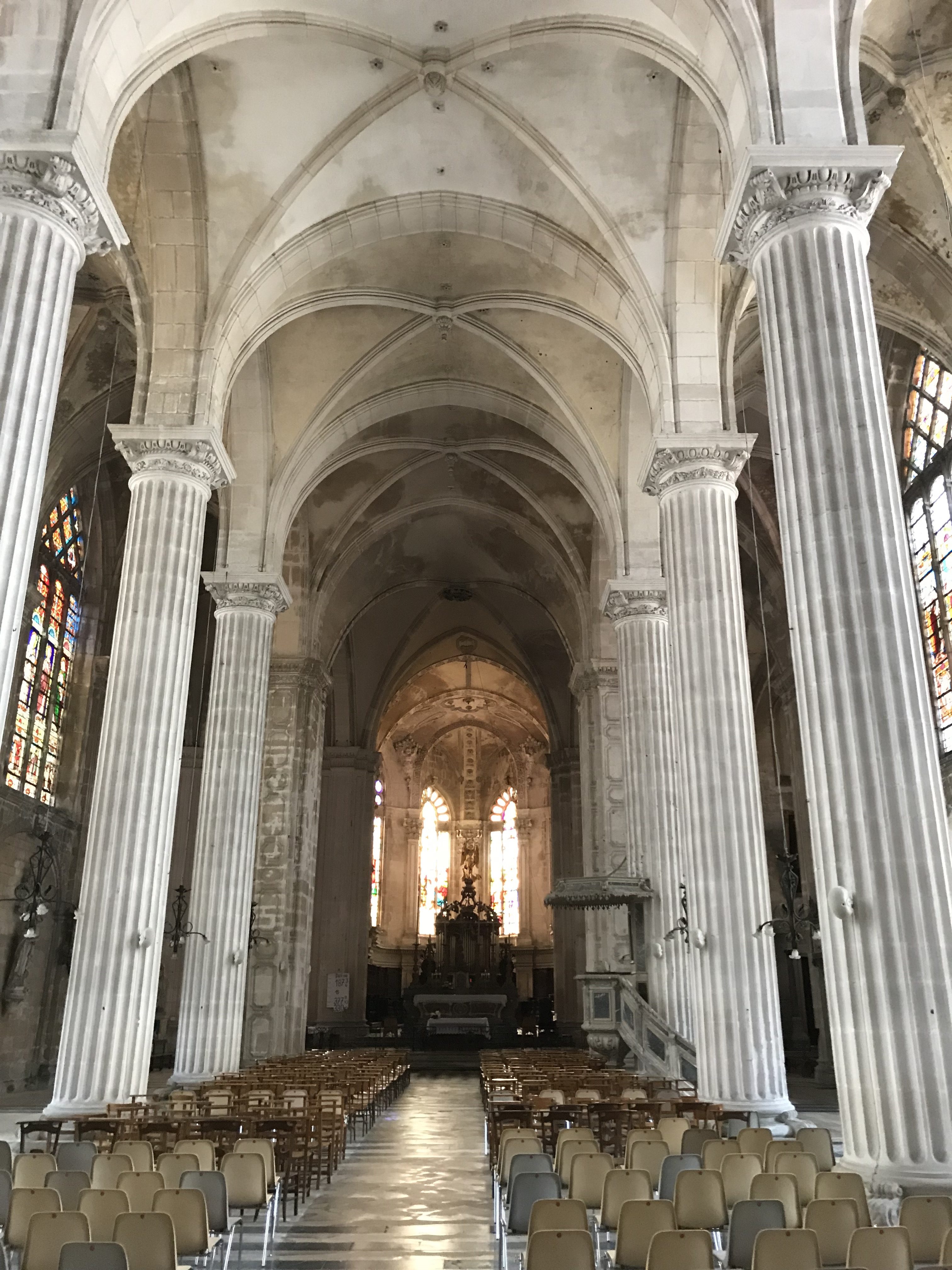
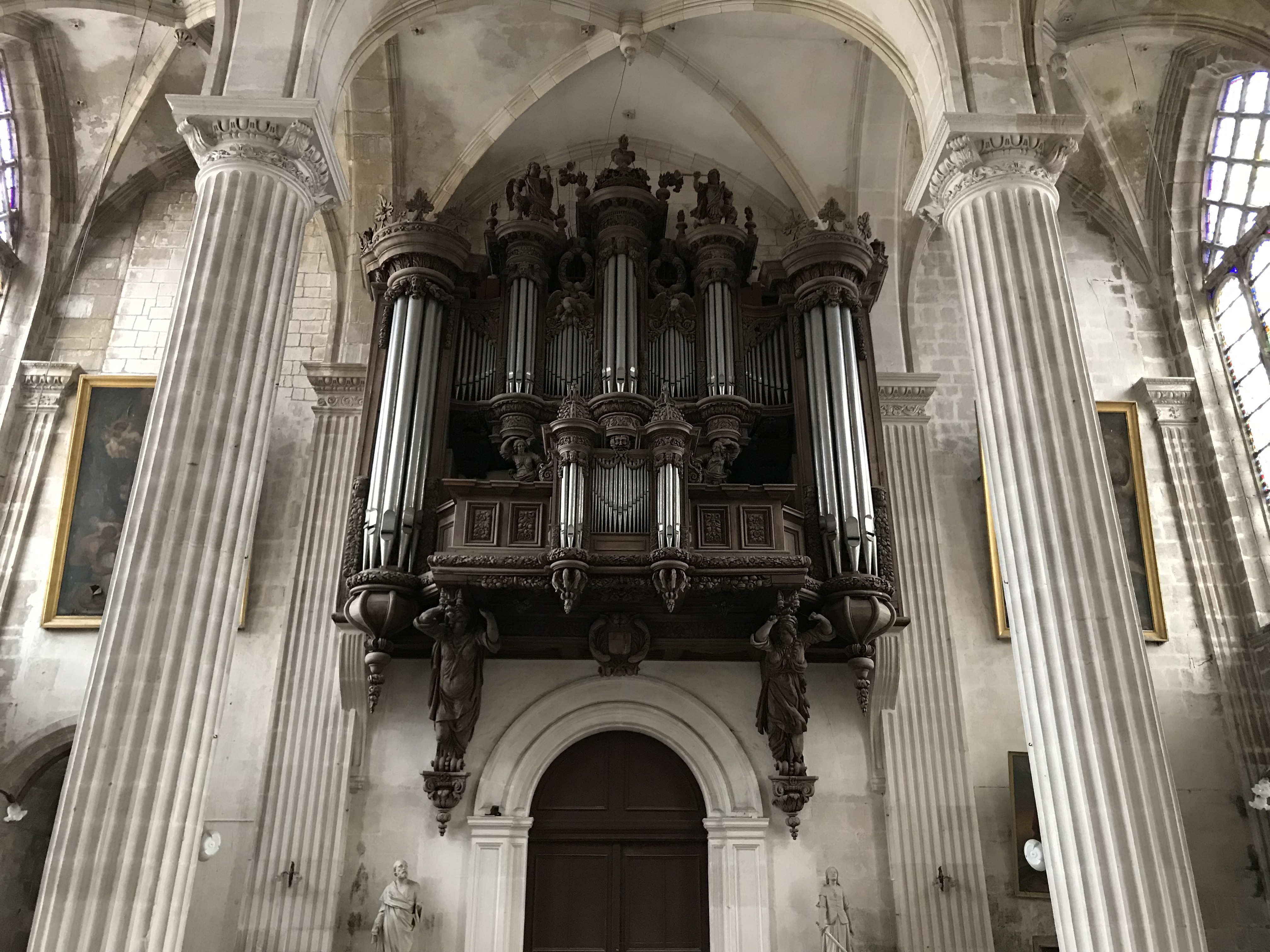
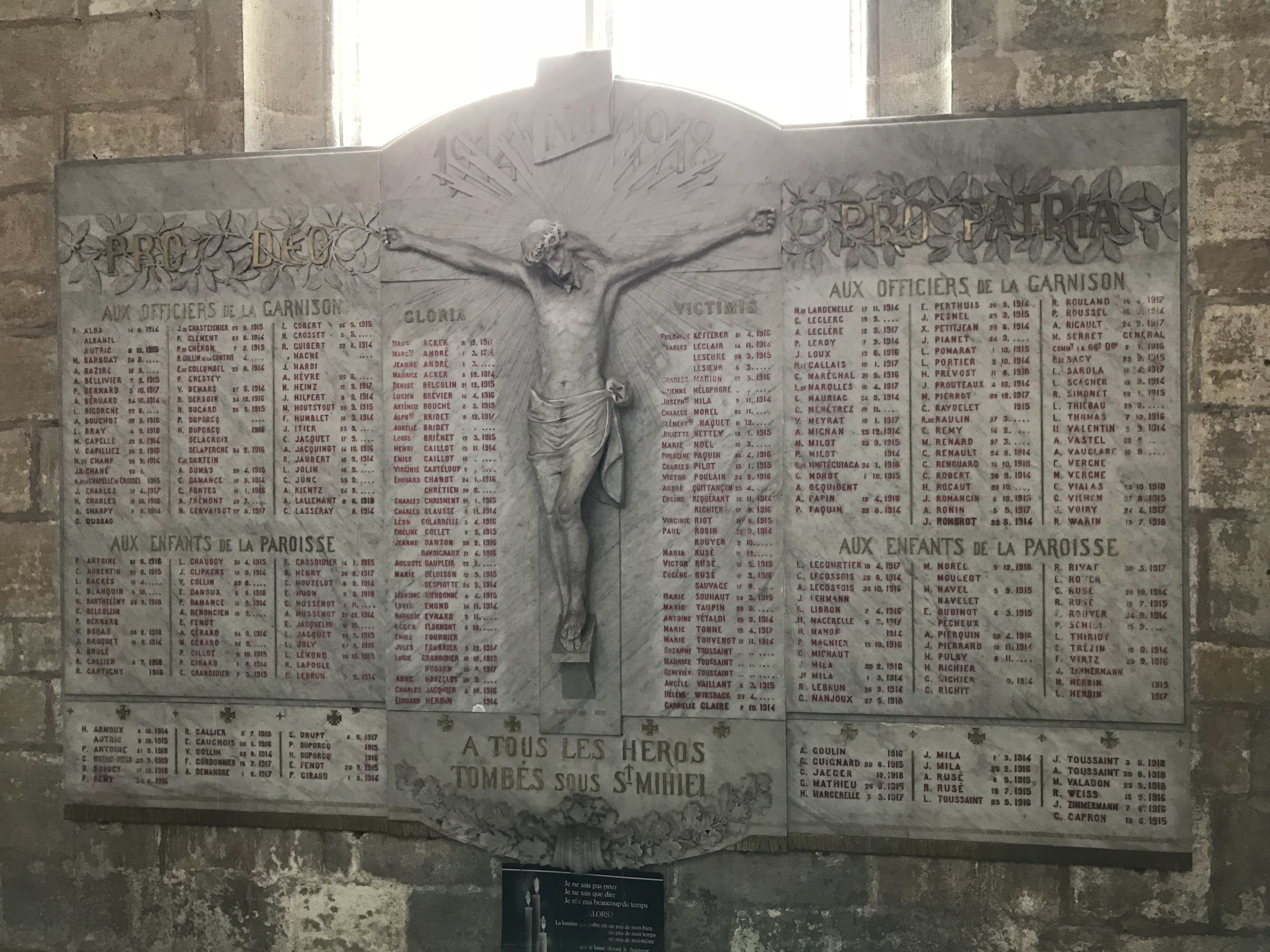
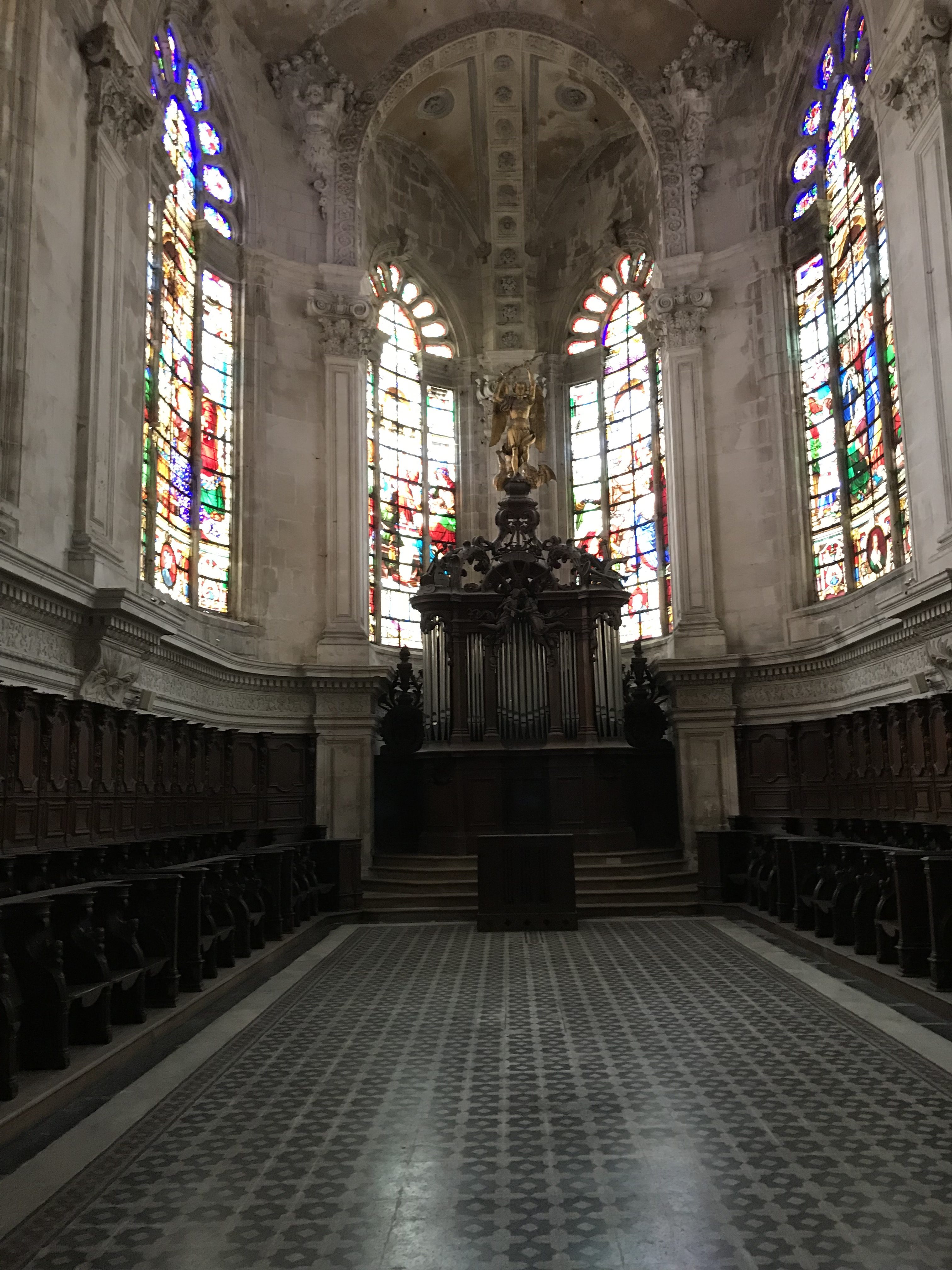
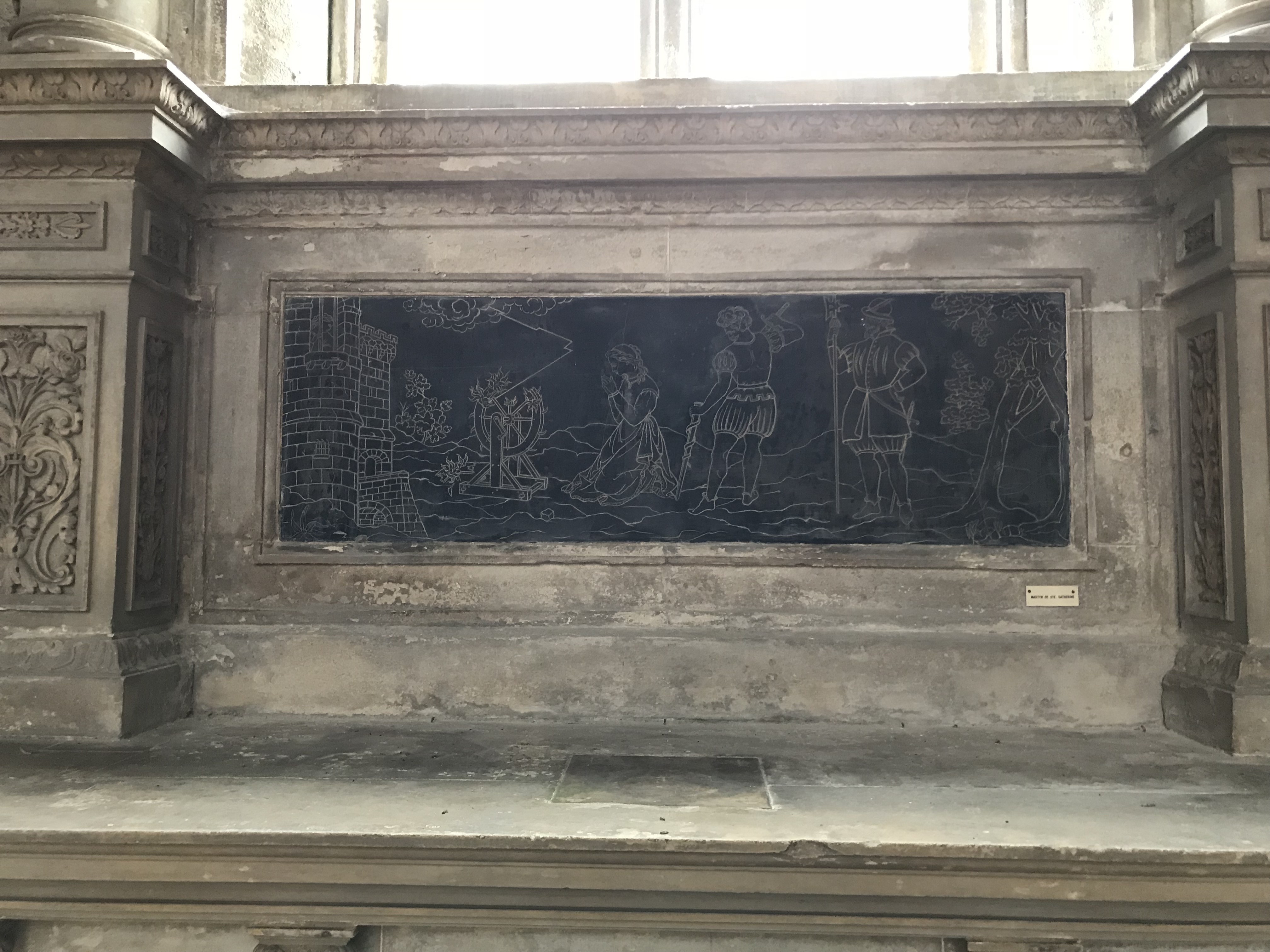
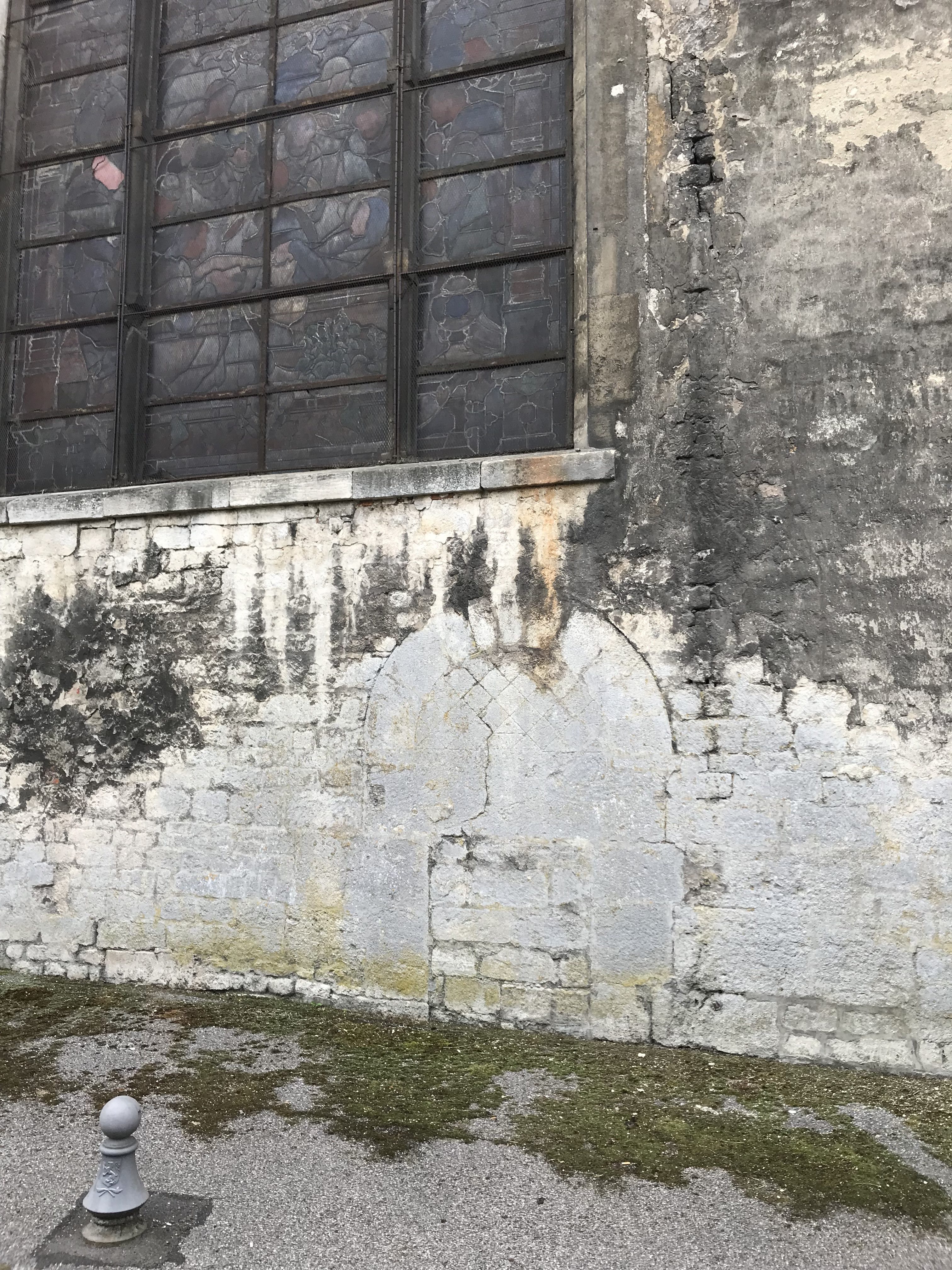
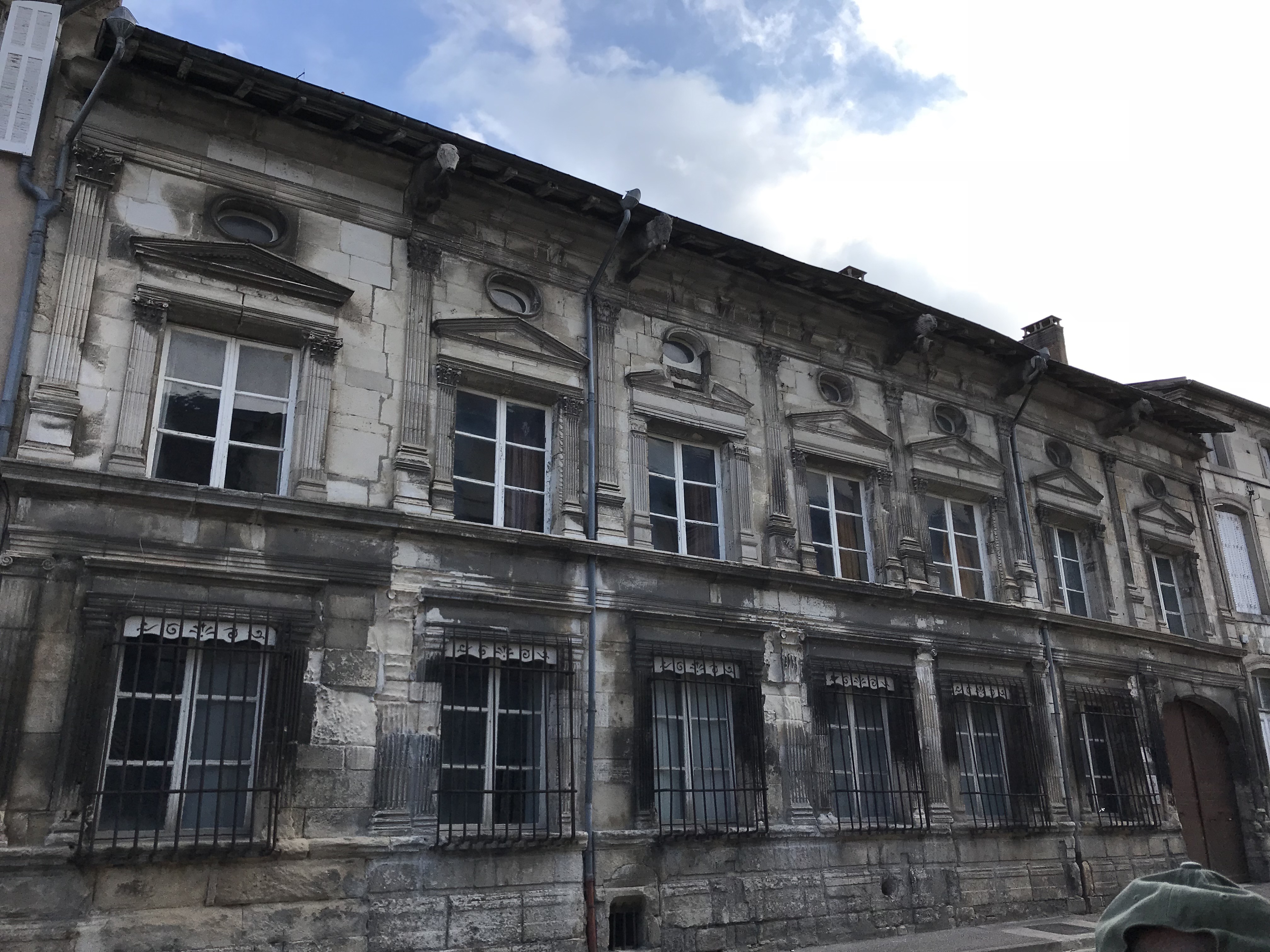
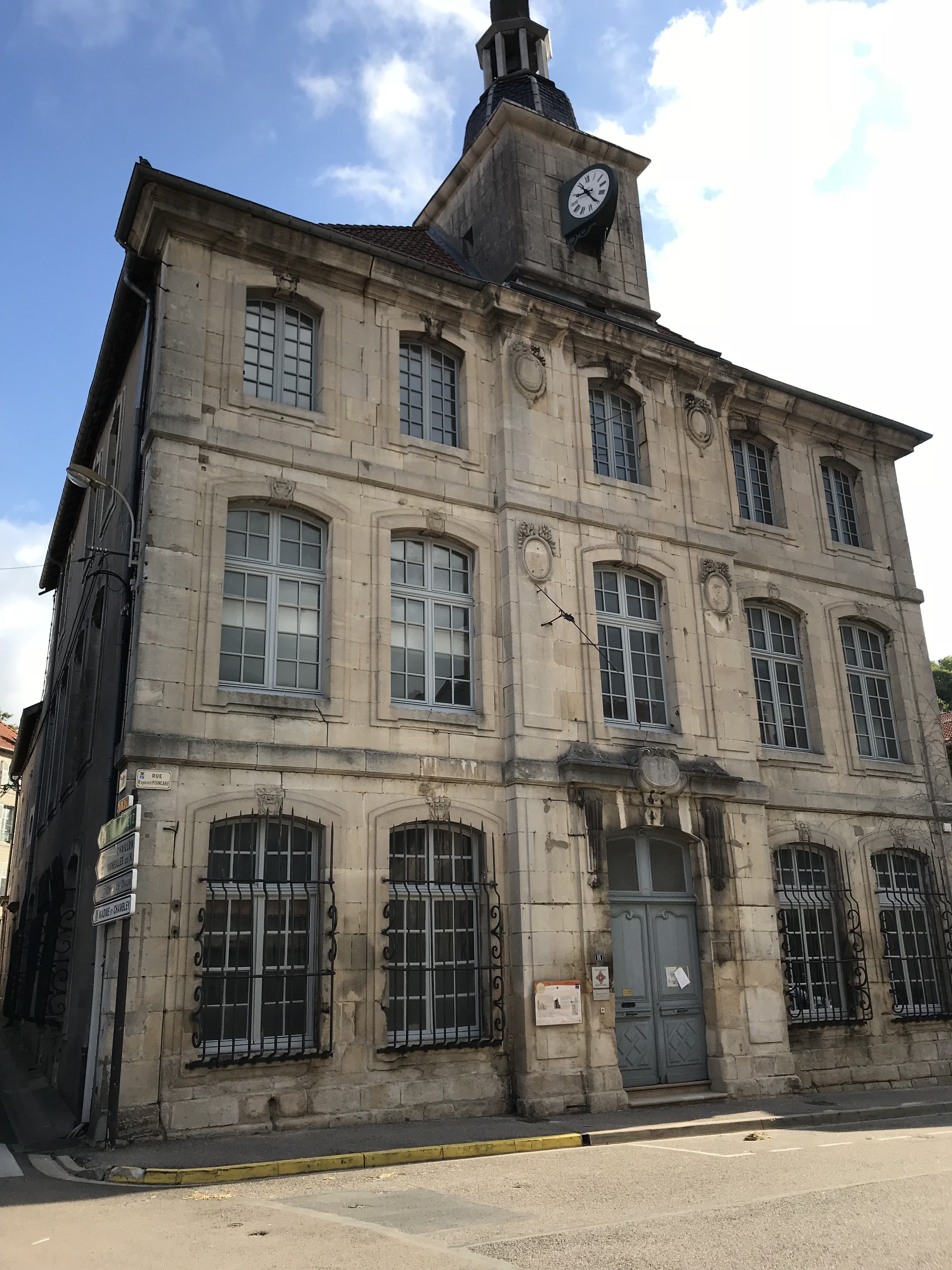
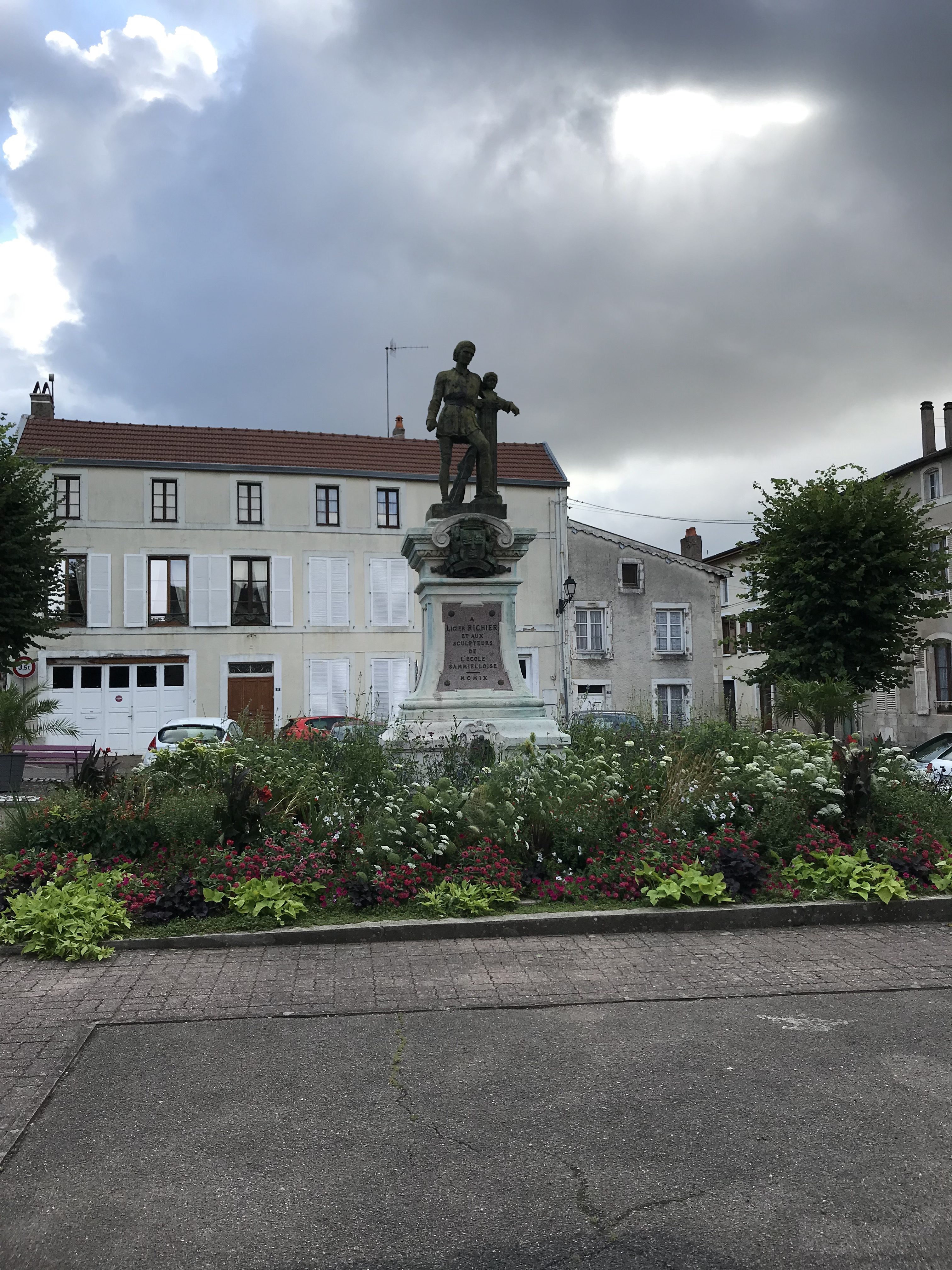
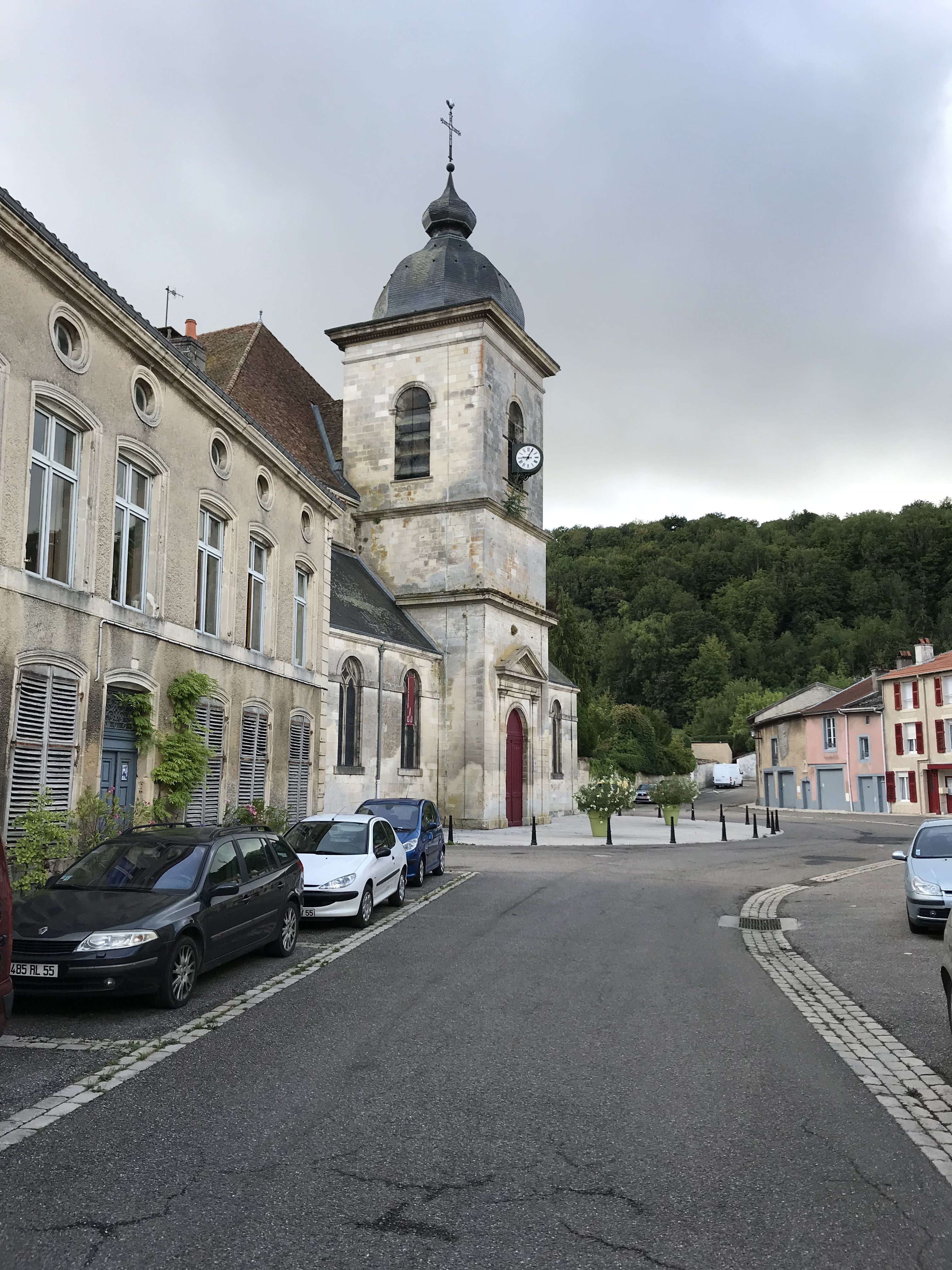
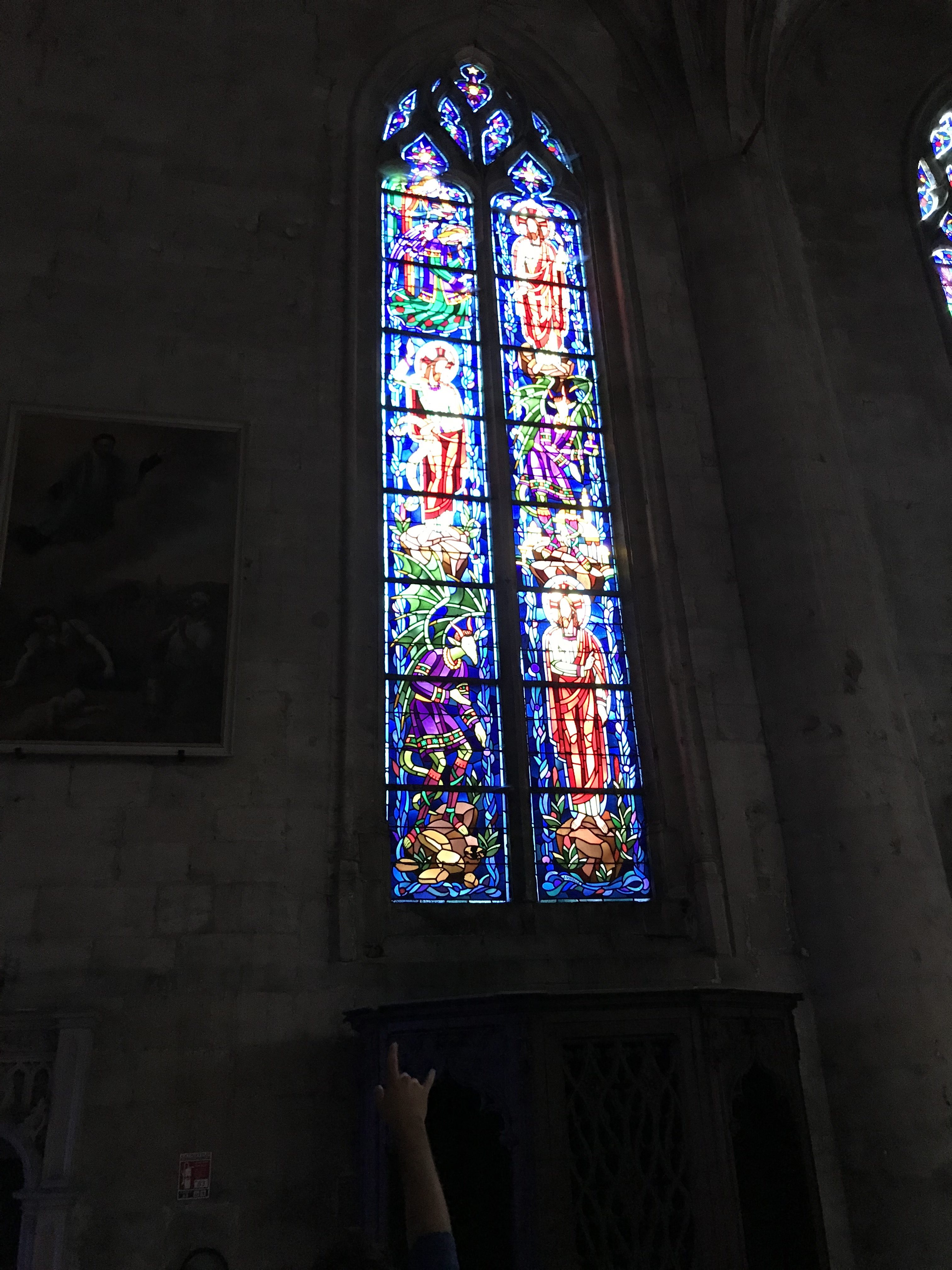
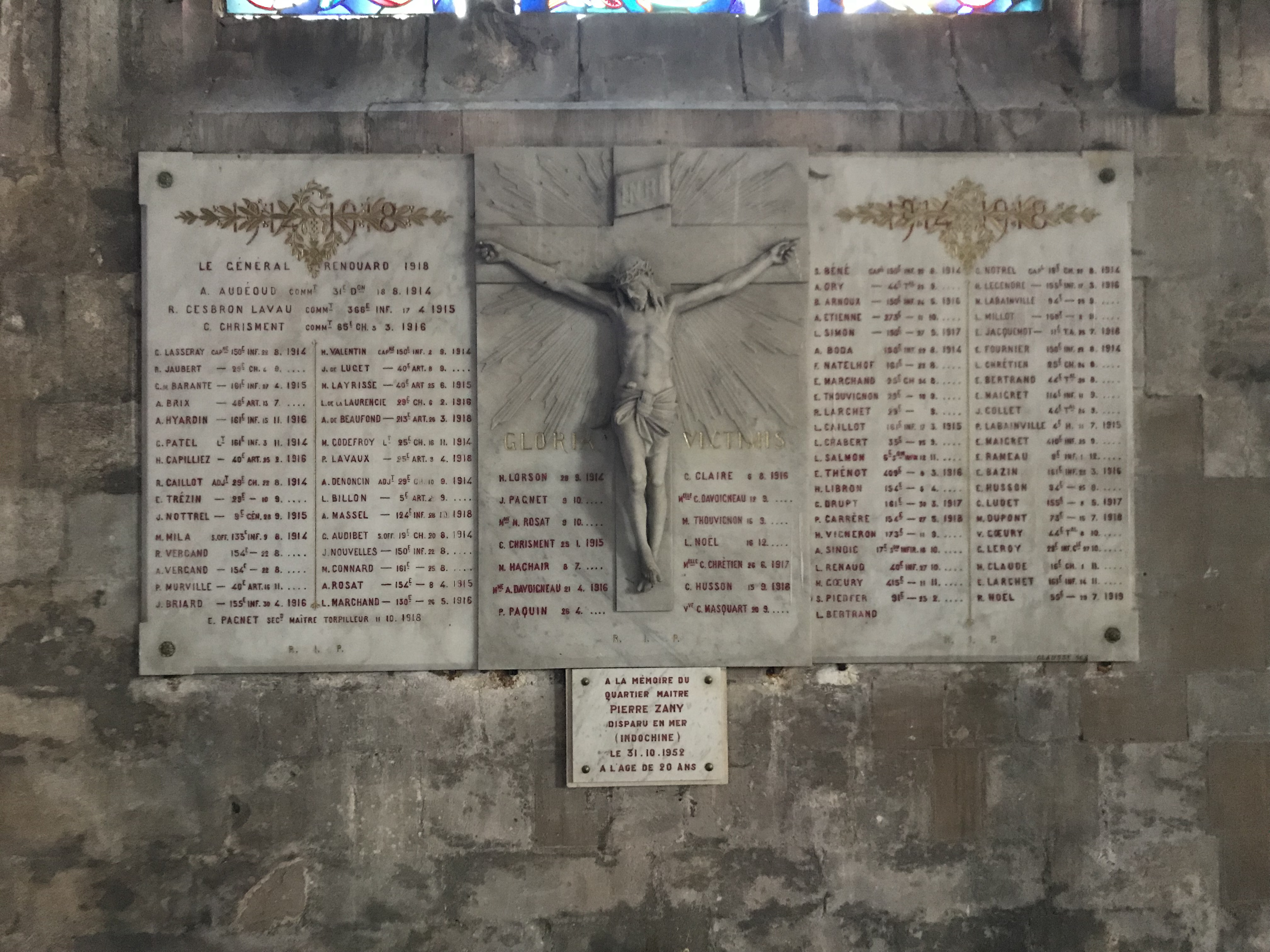
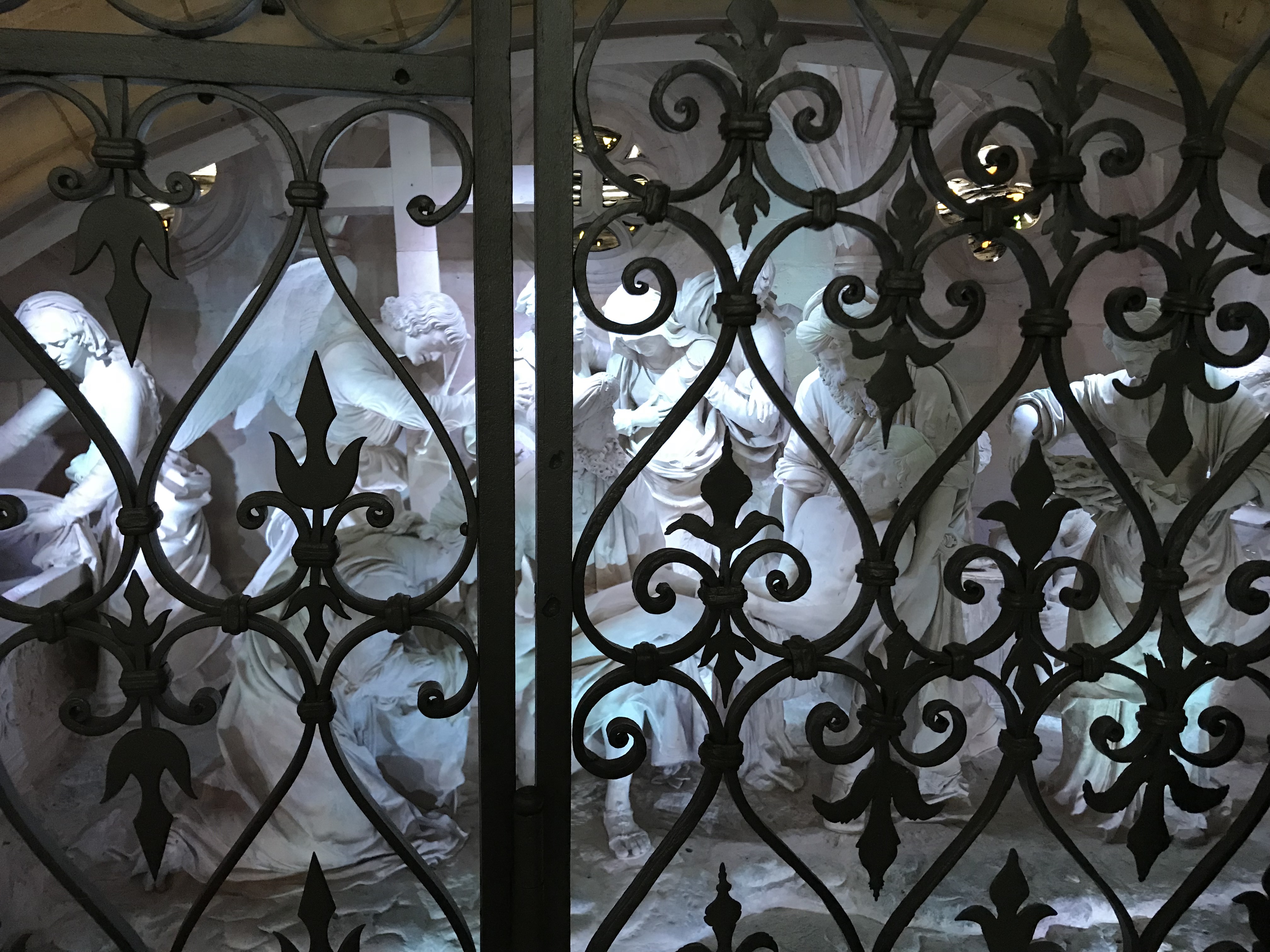
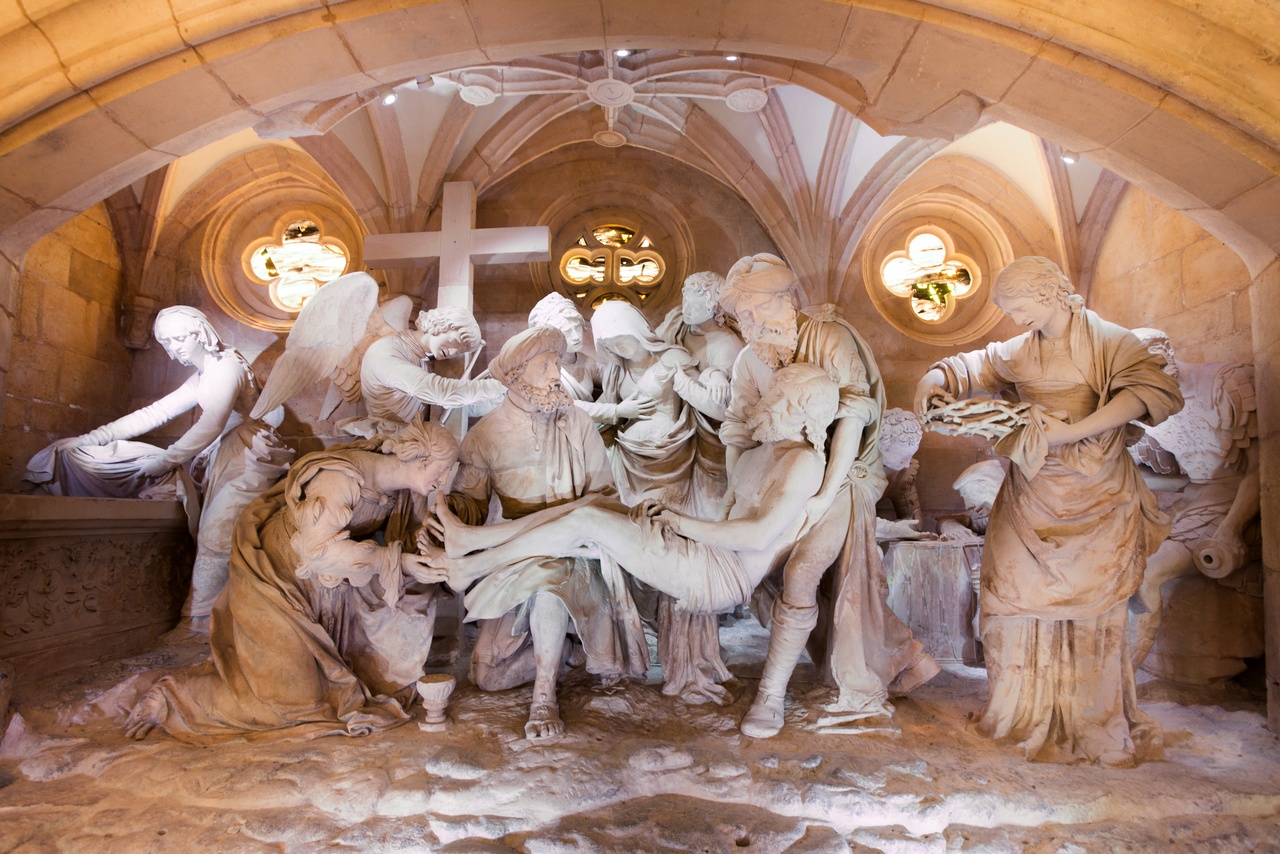
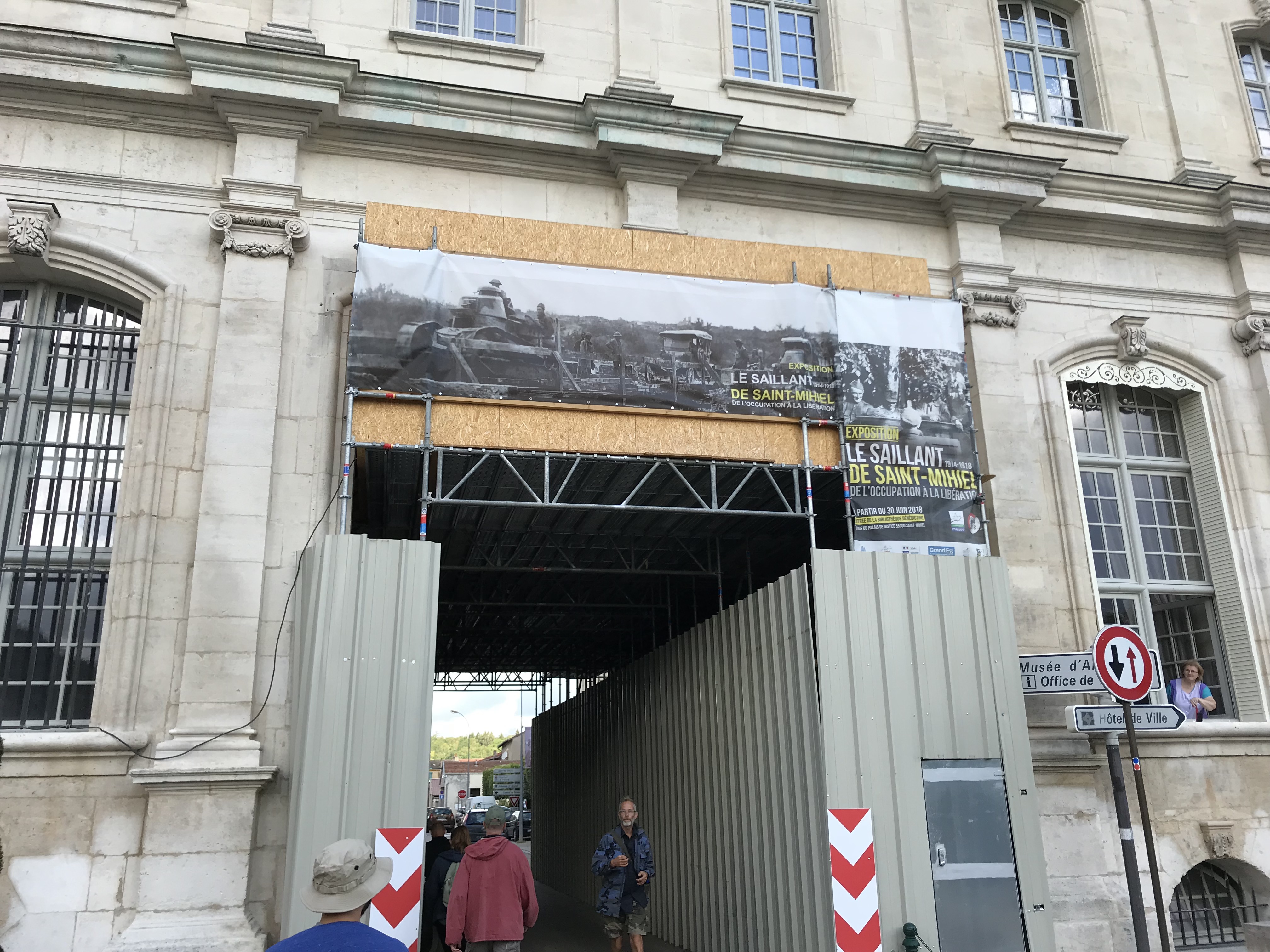
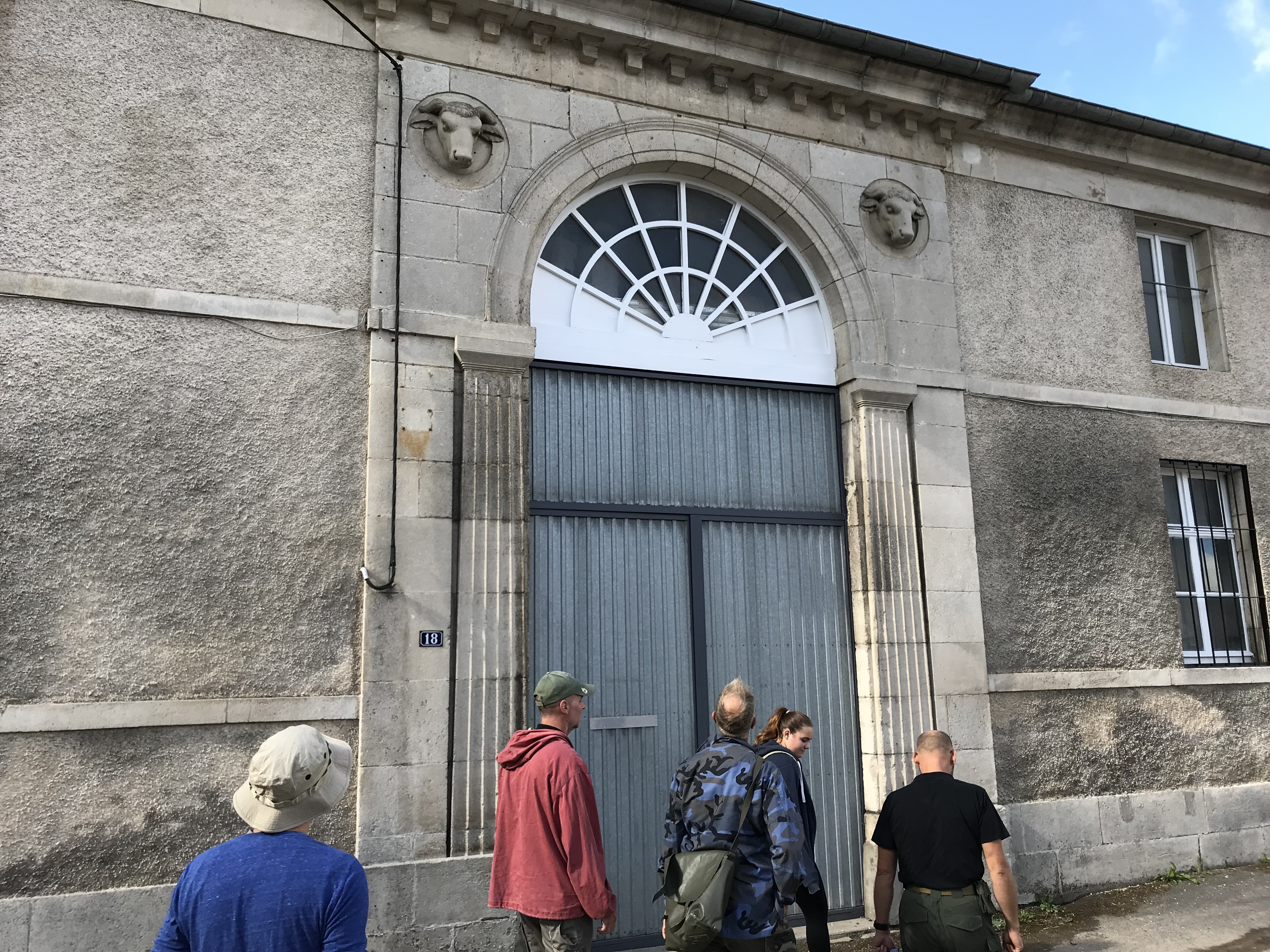
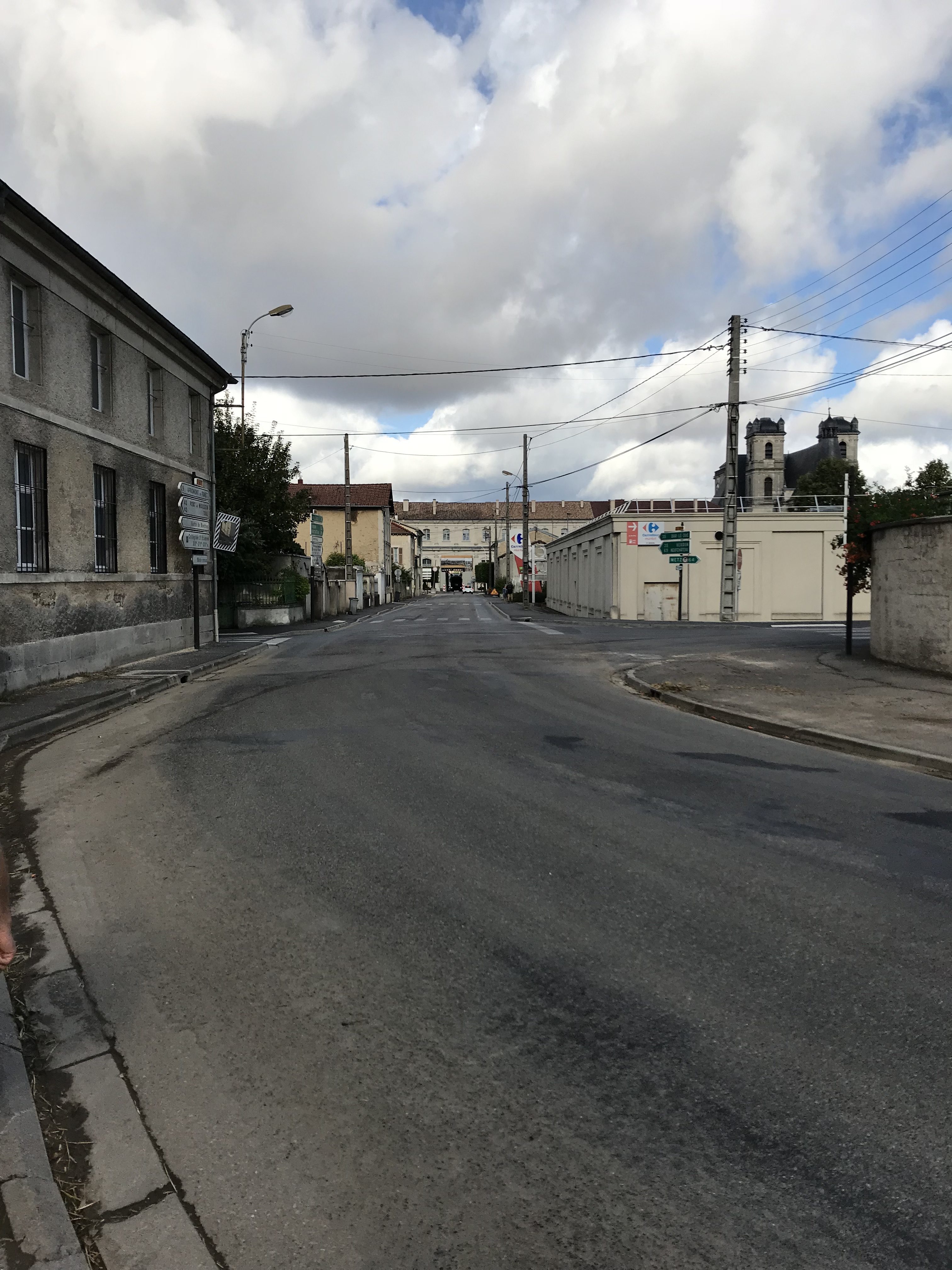
Belleau Wood
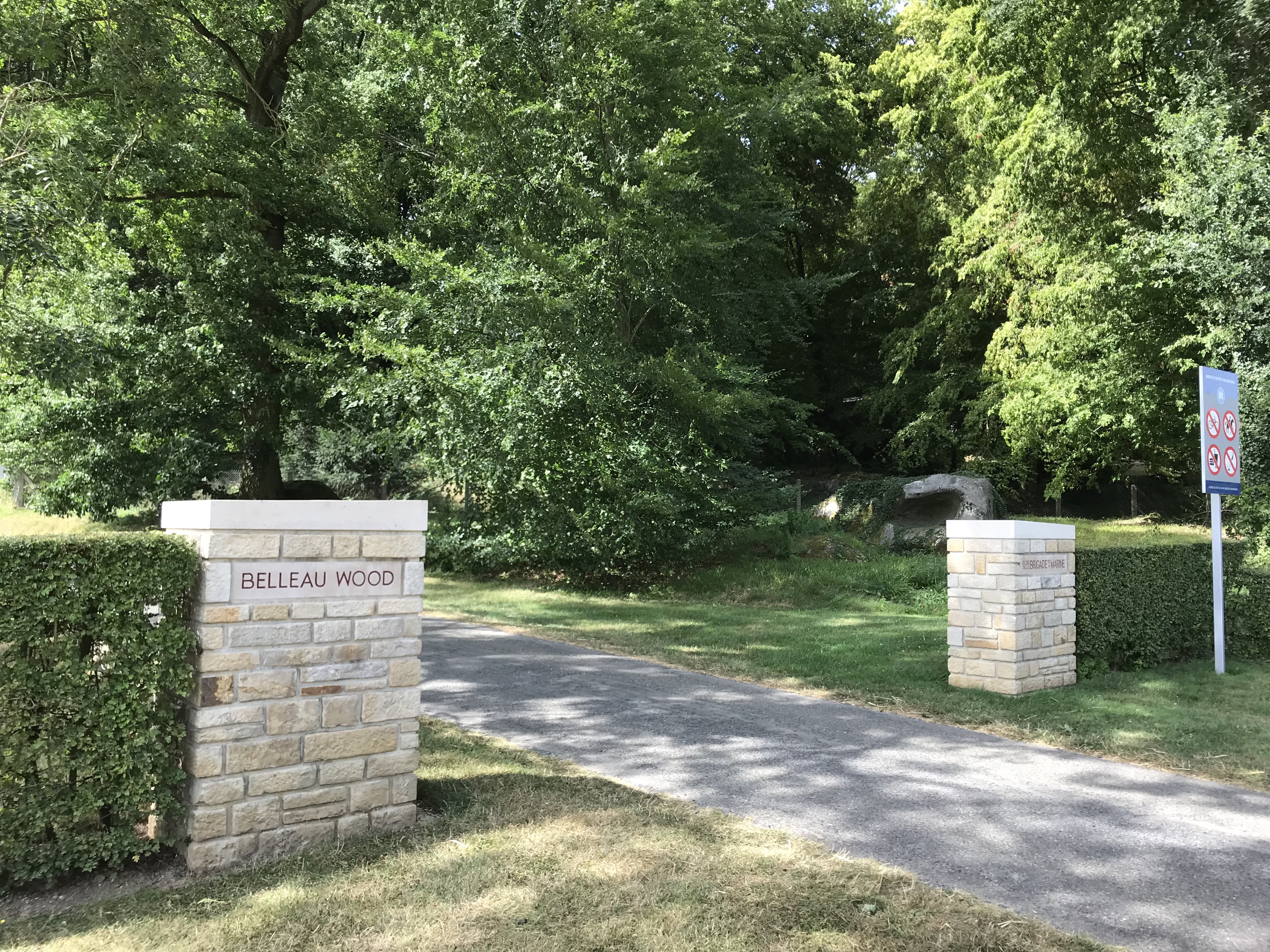
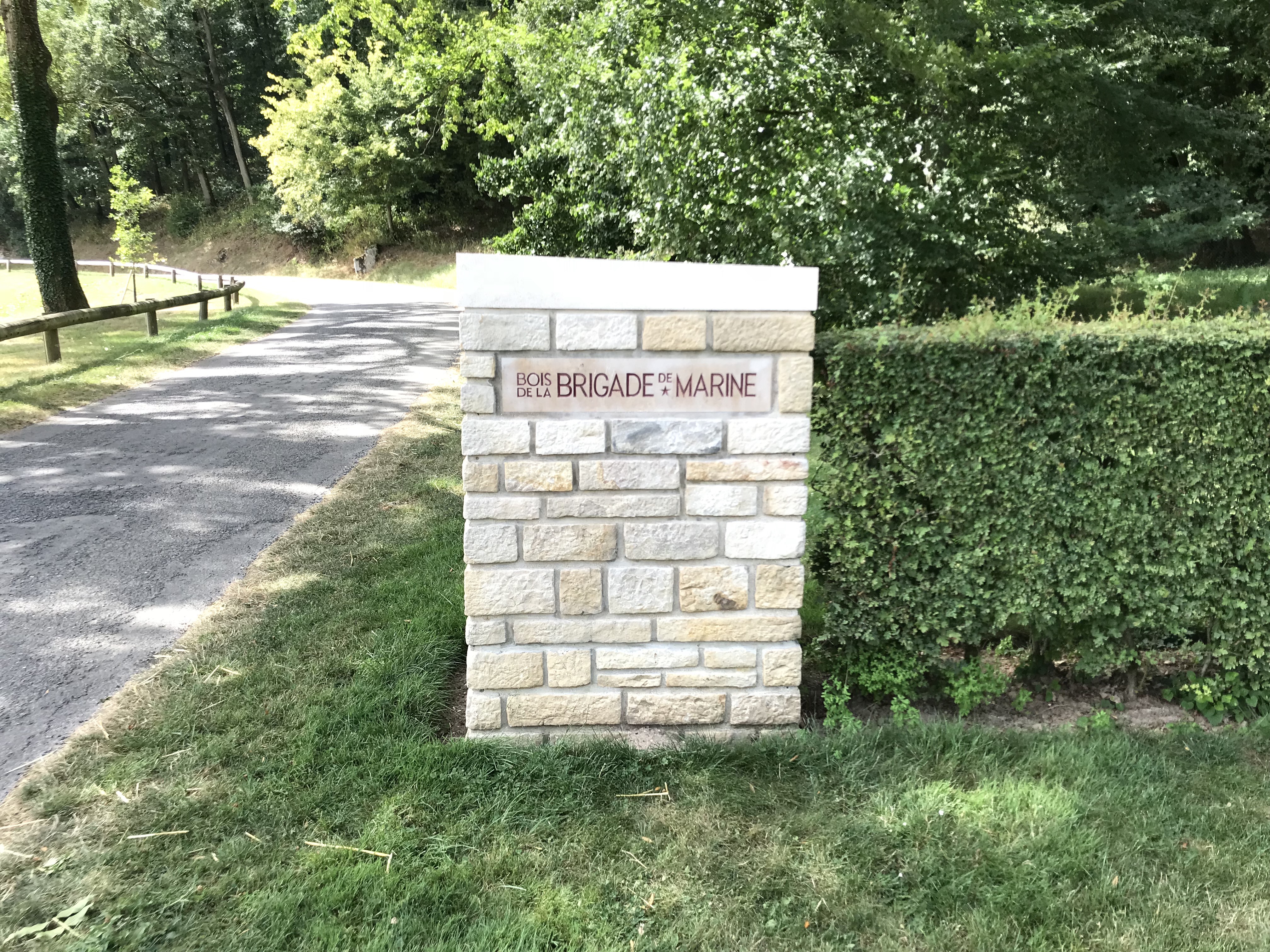
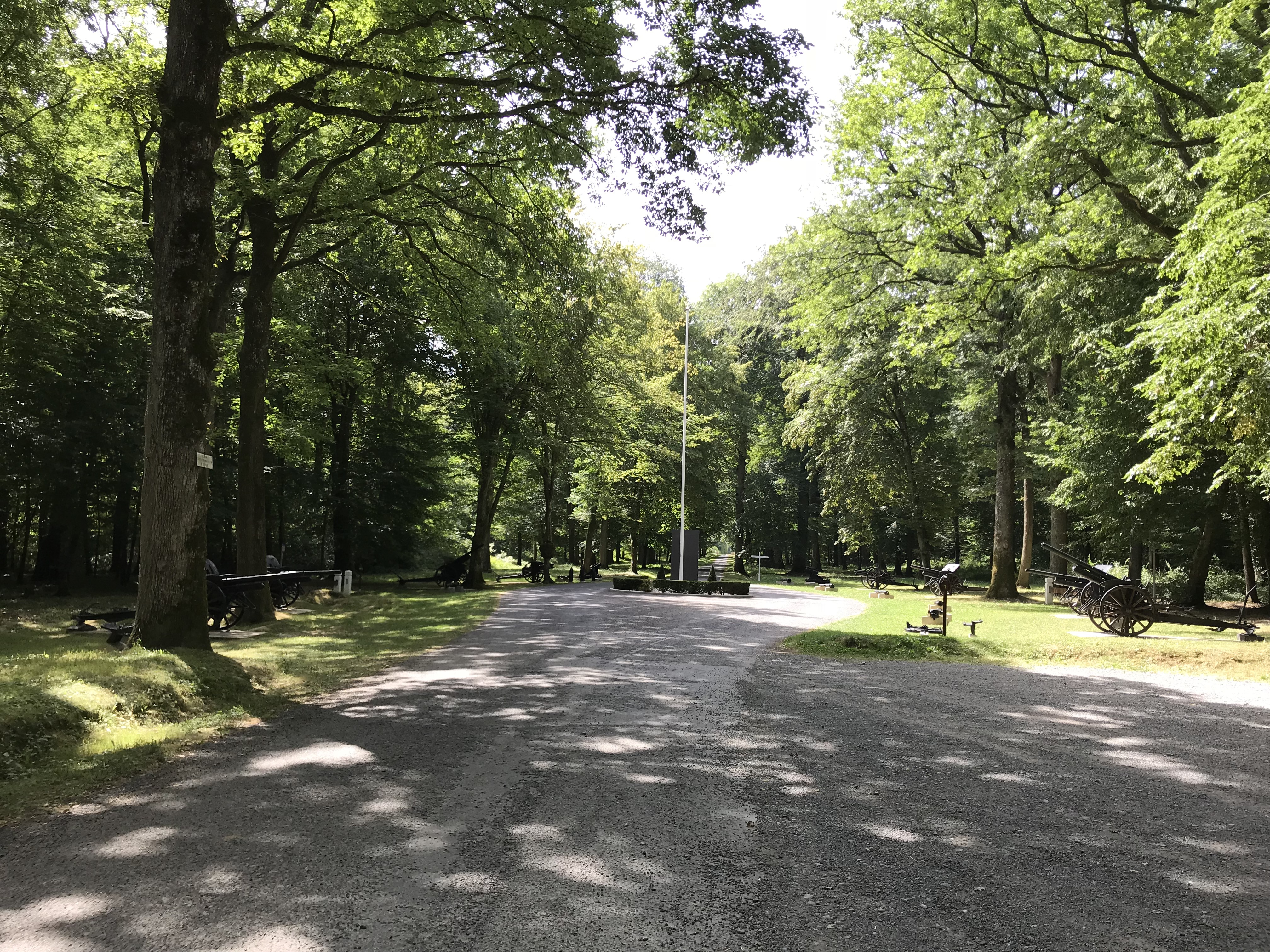
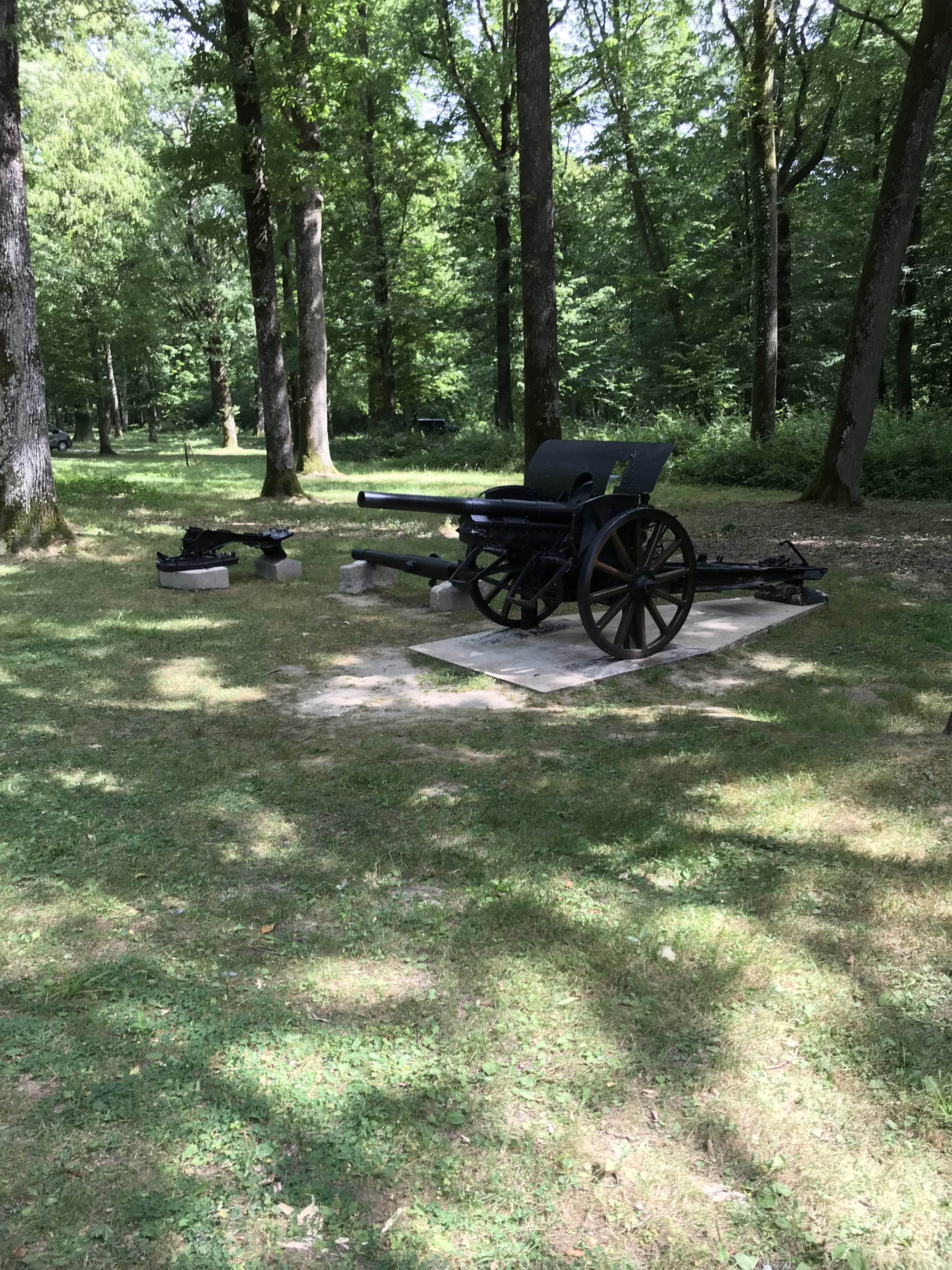
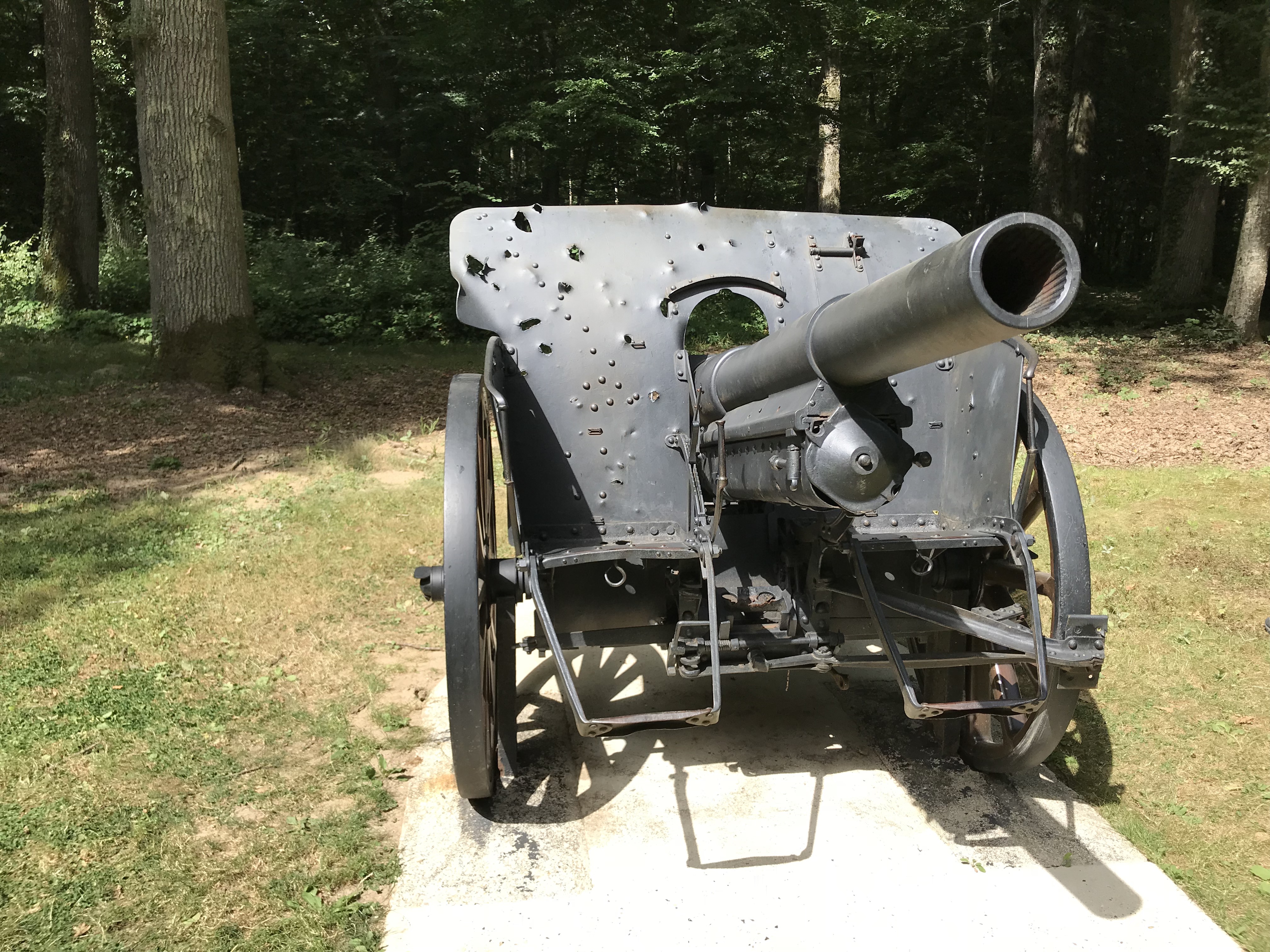
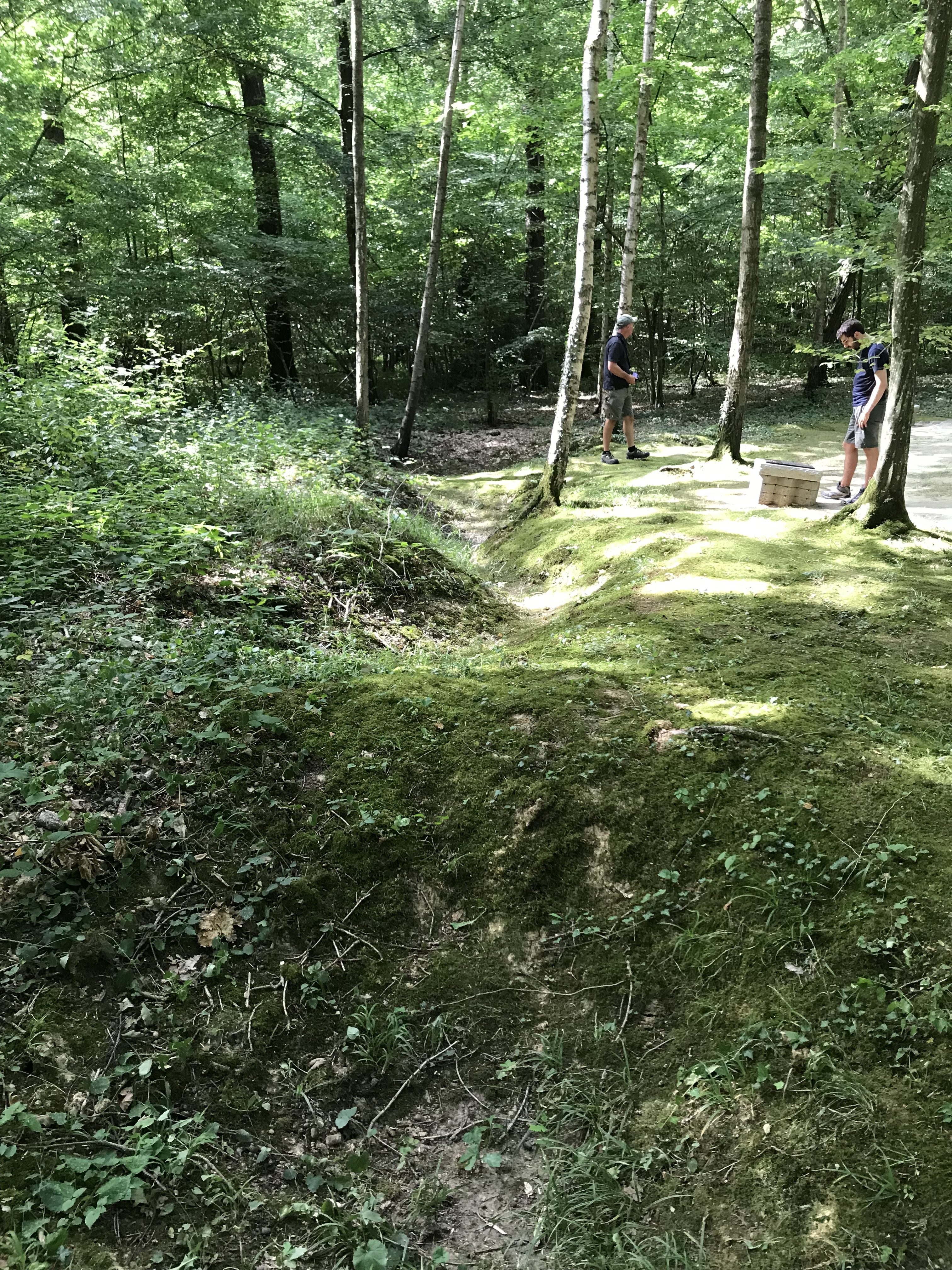
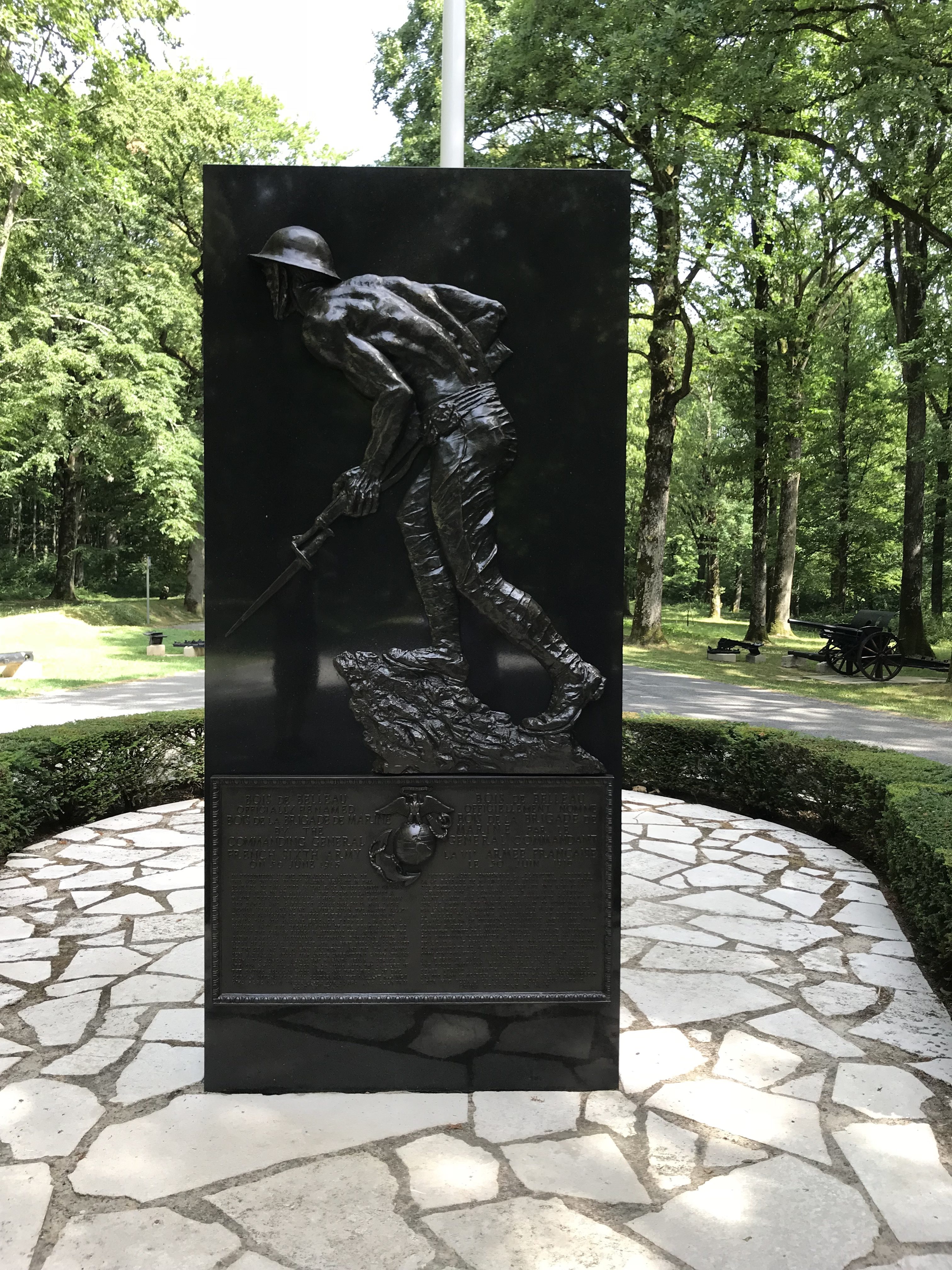
Looking at Belleau Wood from the North
The ground over which the US Marines of the 4th Marine Brigade, 2nd Division attacked in June 1918:
German Cemetery at Belleau, France
Just got back from 10 days in France, and I’ve decided to actually start using this website for more posts.
Right after we landed in Paris and got our car, we headed right out for Belleau Wood. A little over an hour northeast of the City of Light, this was the first battle area we visited. It was some 95 degrees (F) out that day, but it was so moving to see the wheat fields over which the US Marines attacked in June 1918, and to walk in the wood itself.
One spot where we stopped was the German cemetery at Belleau, where some 8,000 Germans rest in peace now. Many of the dates of death center in 1918, the time of the German Kaiserschlacht offensives.
